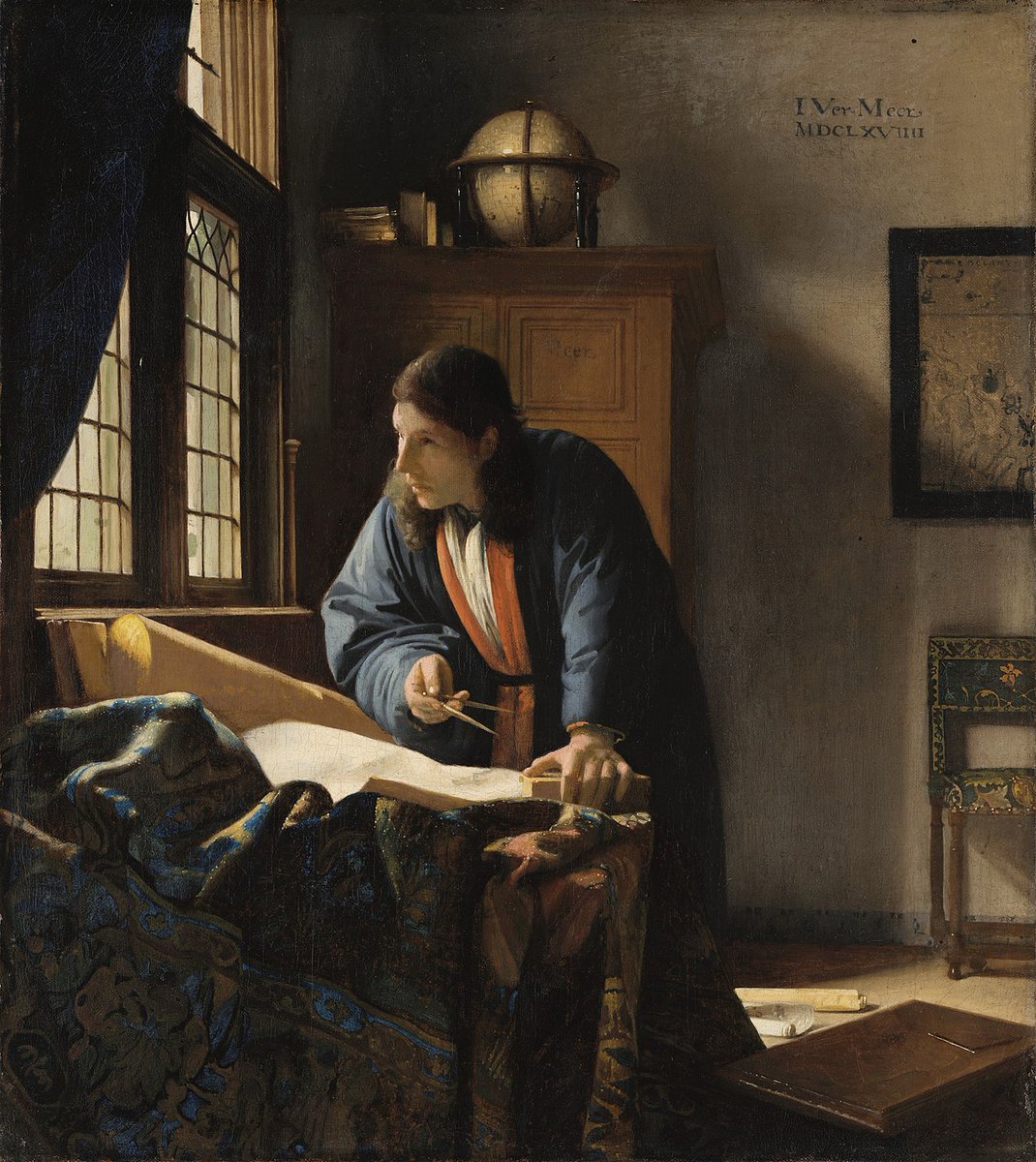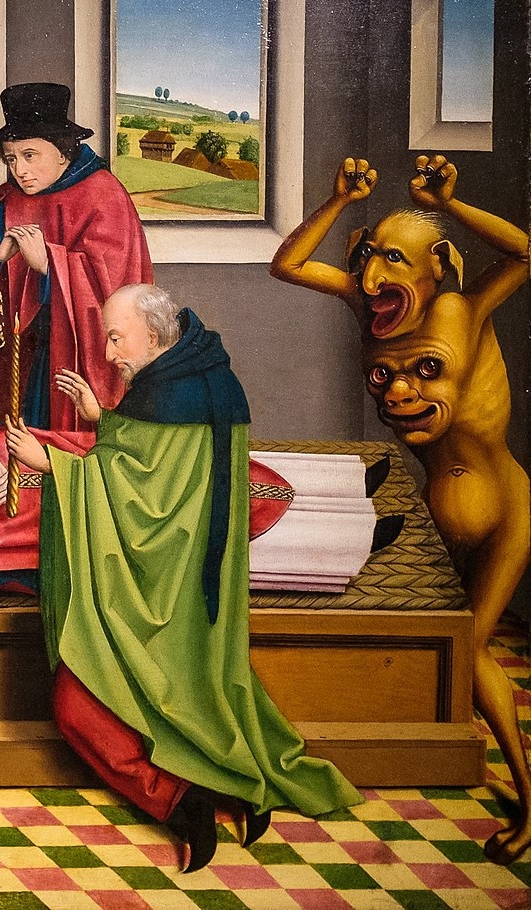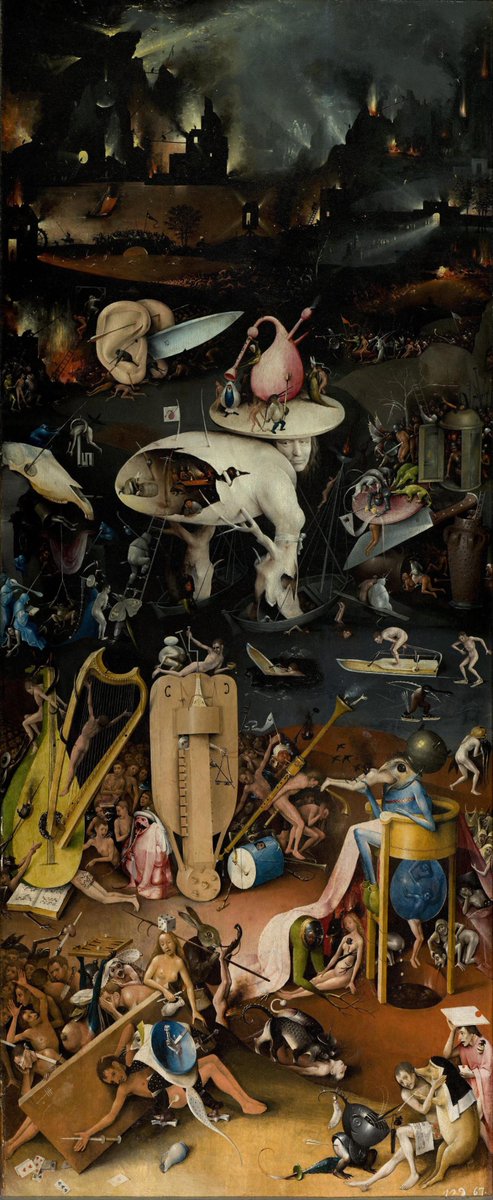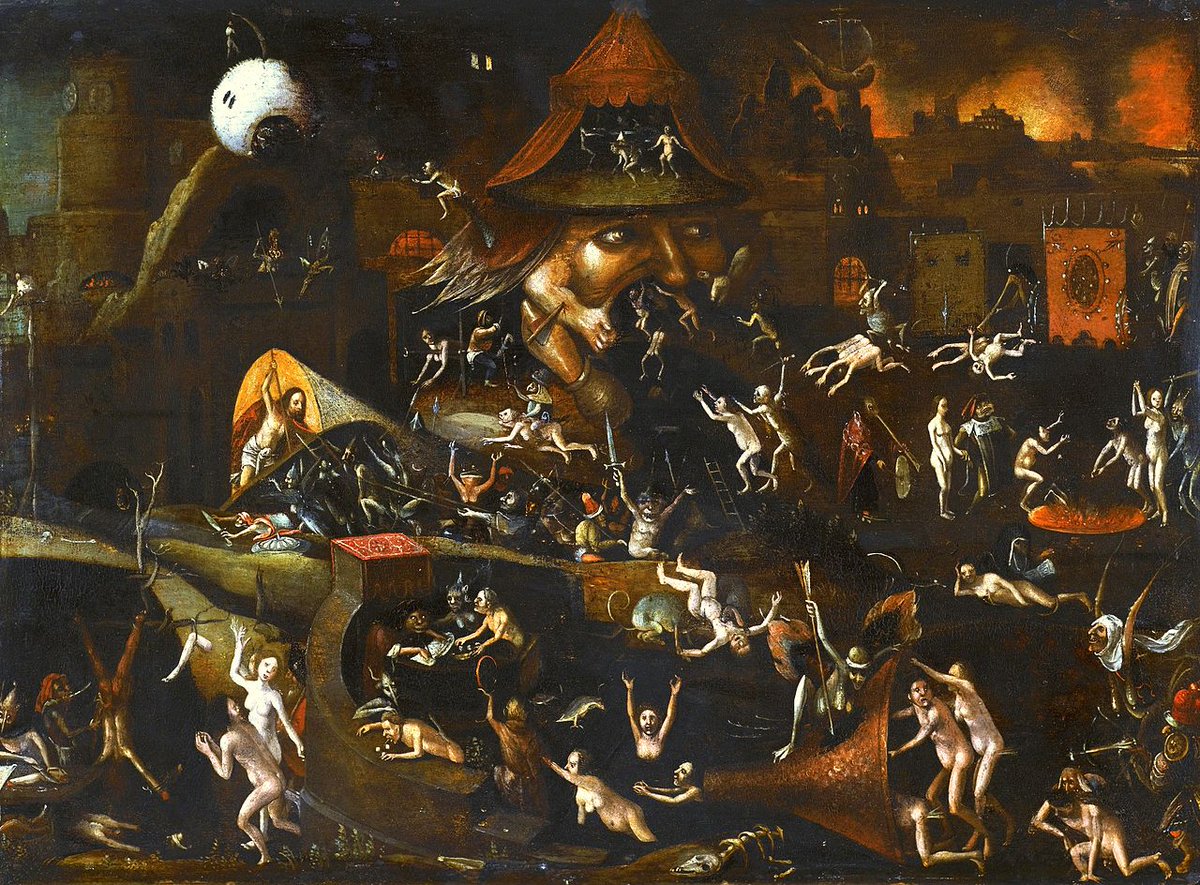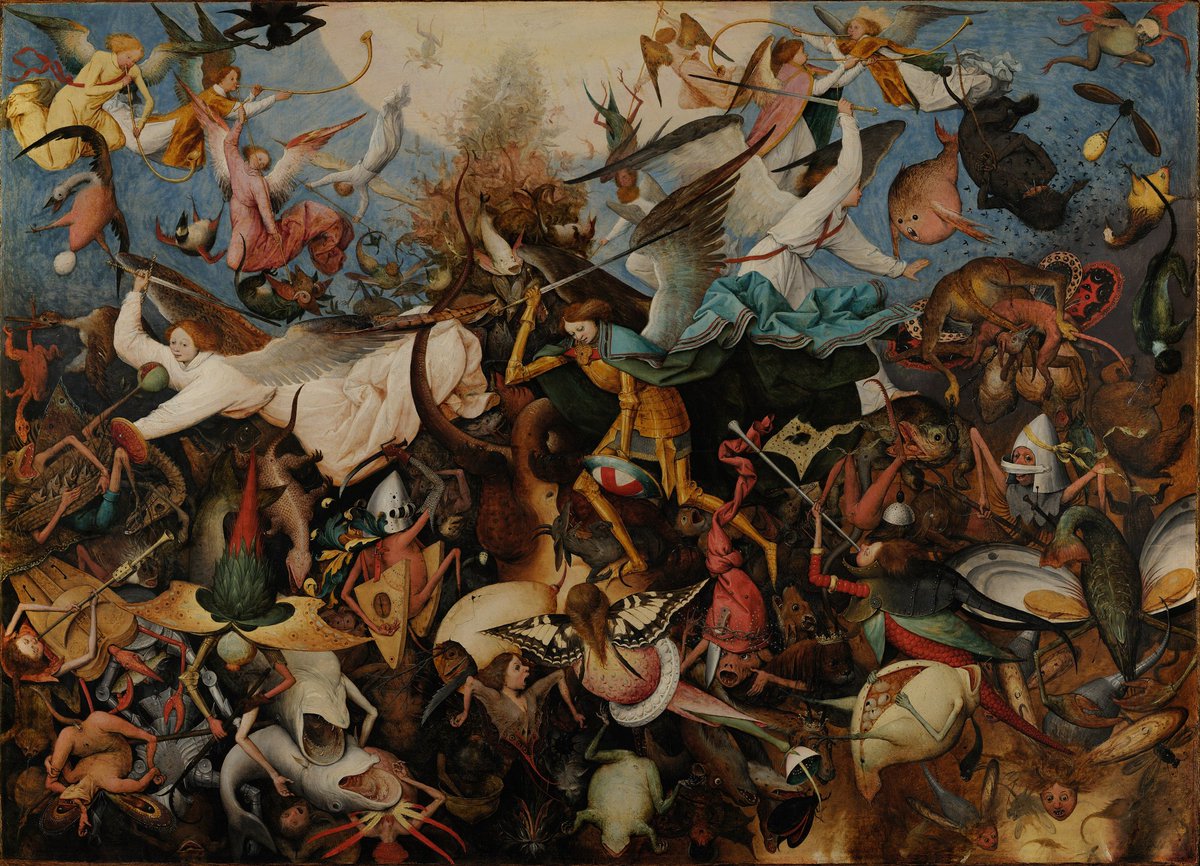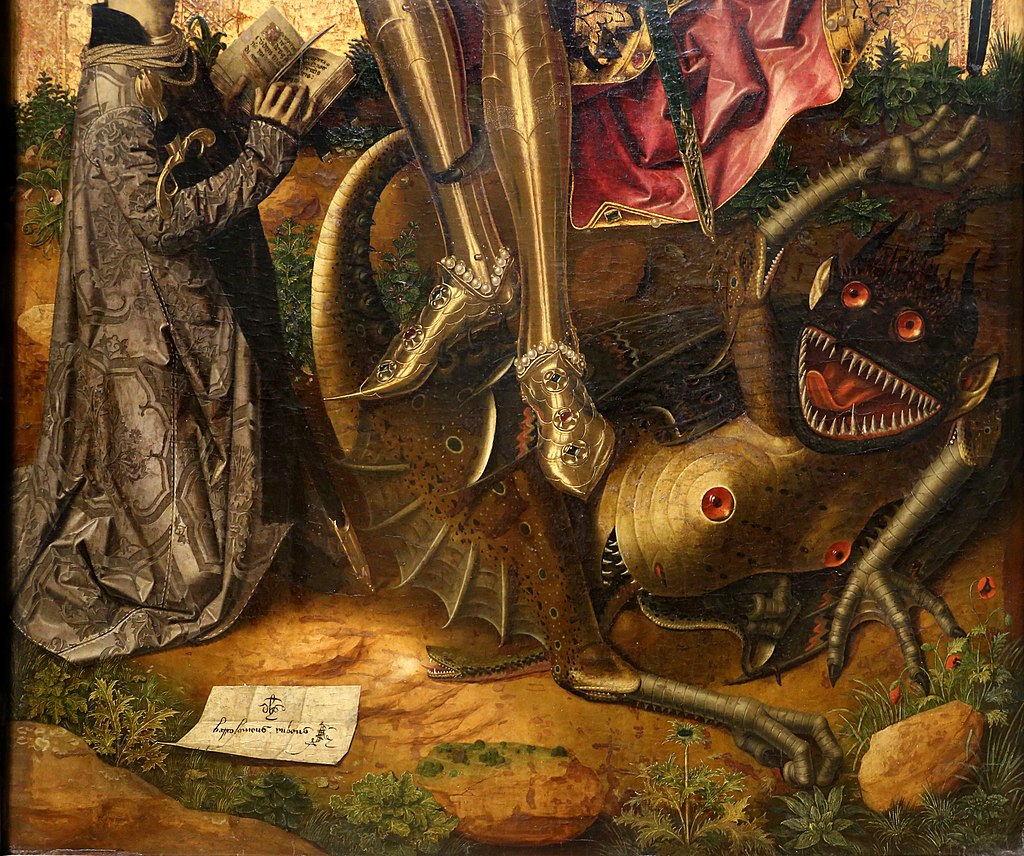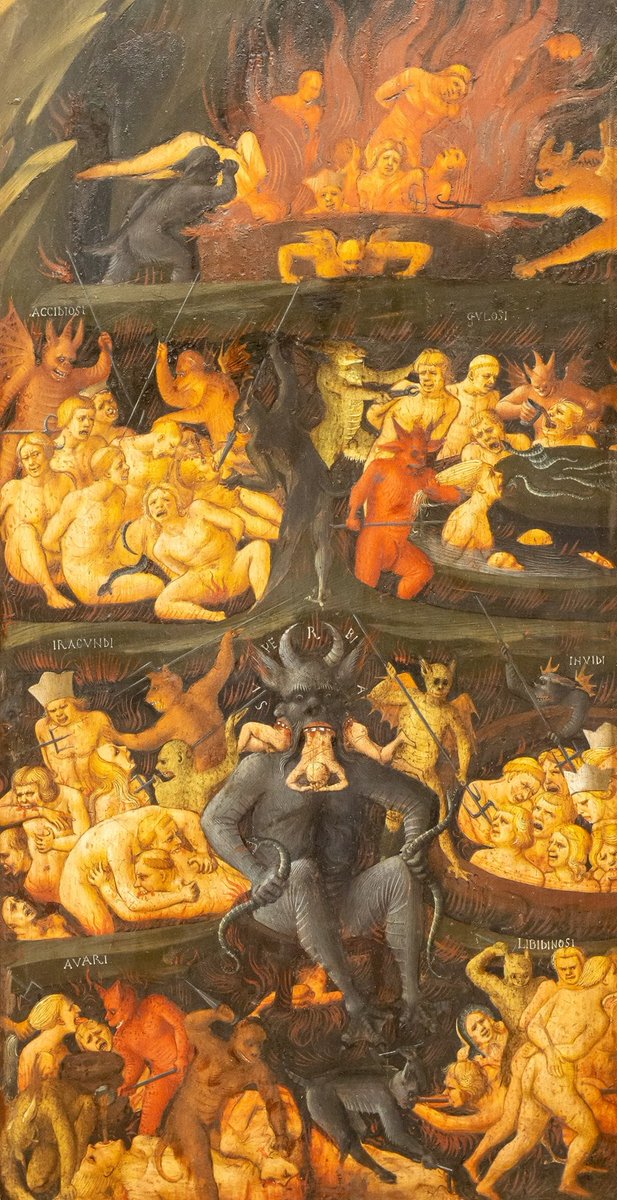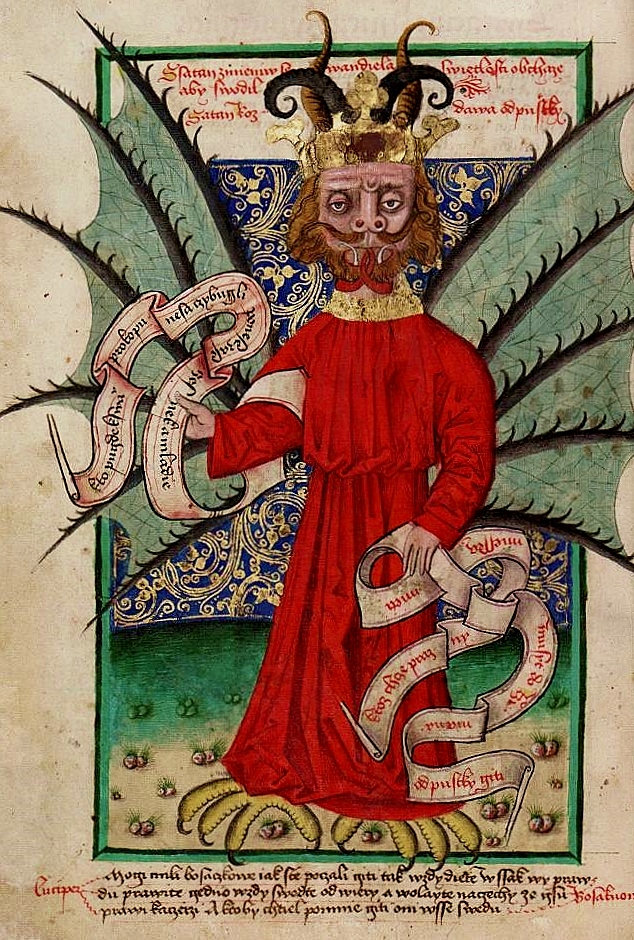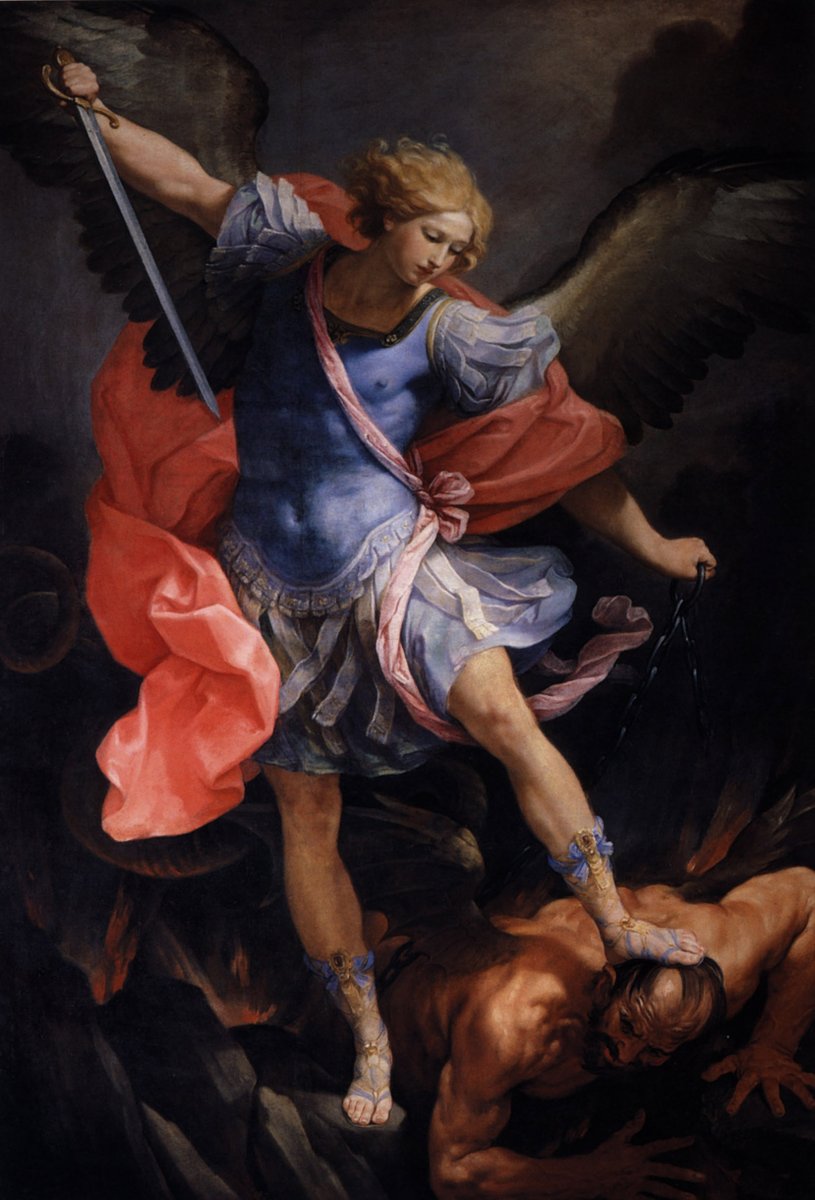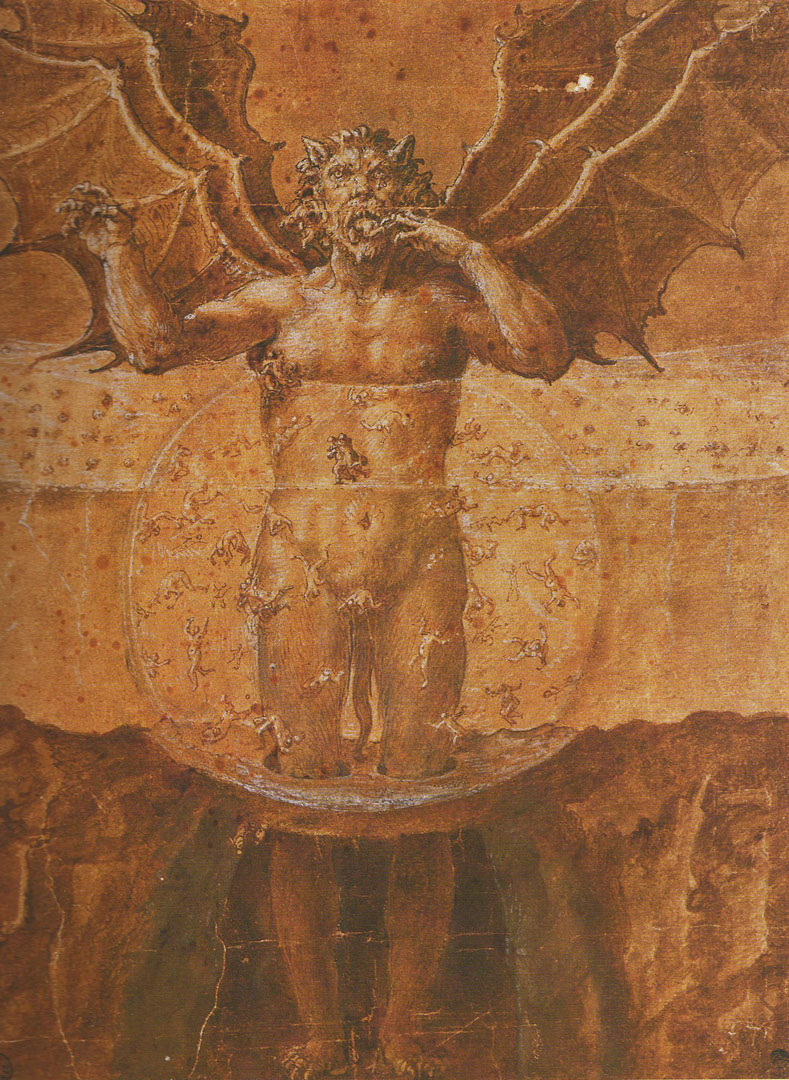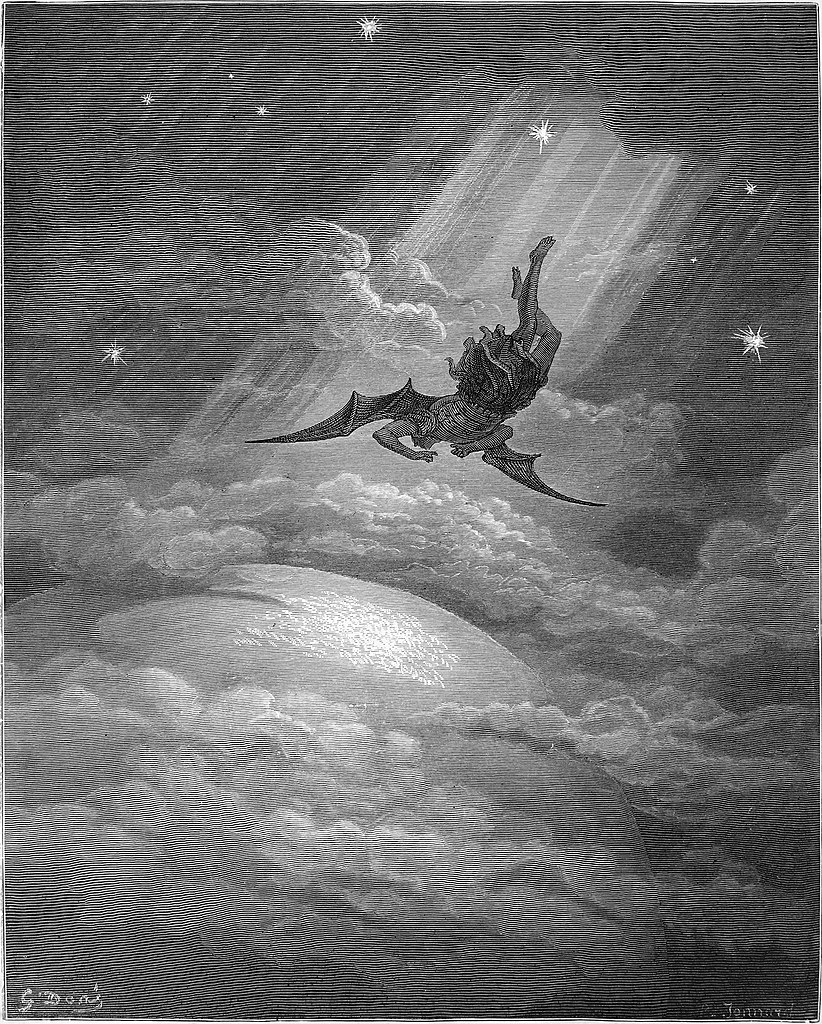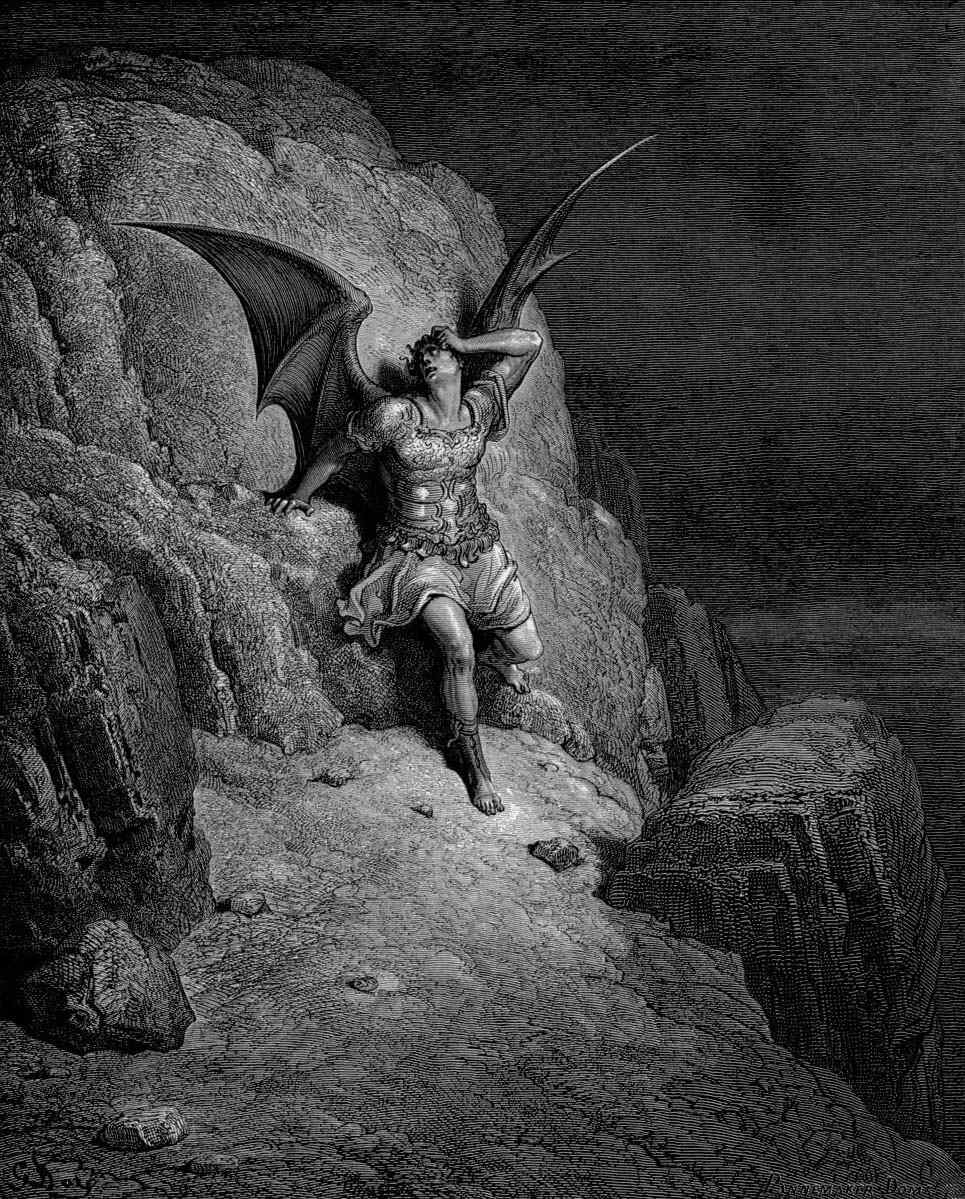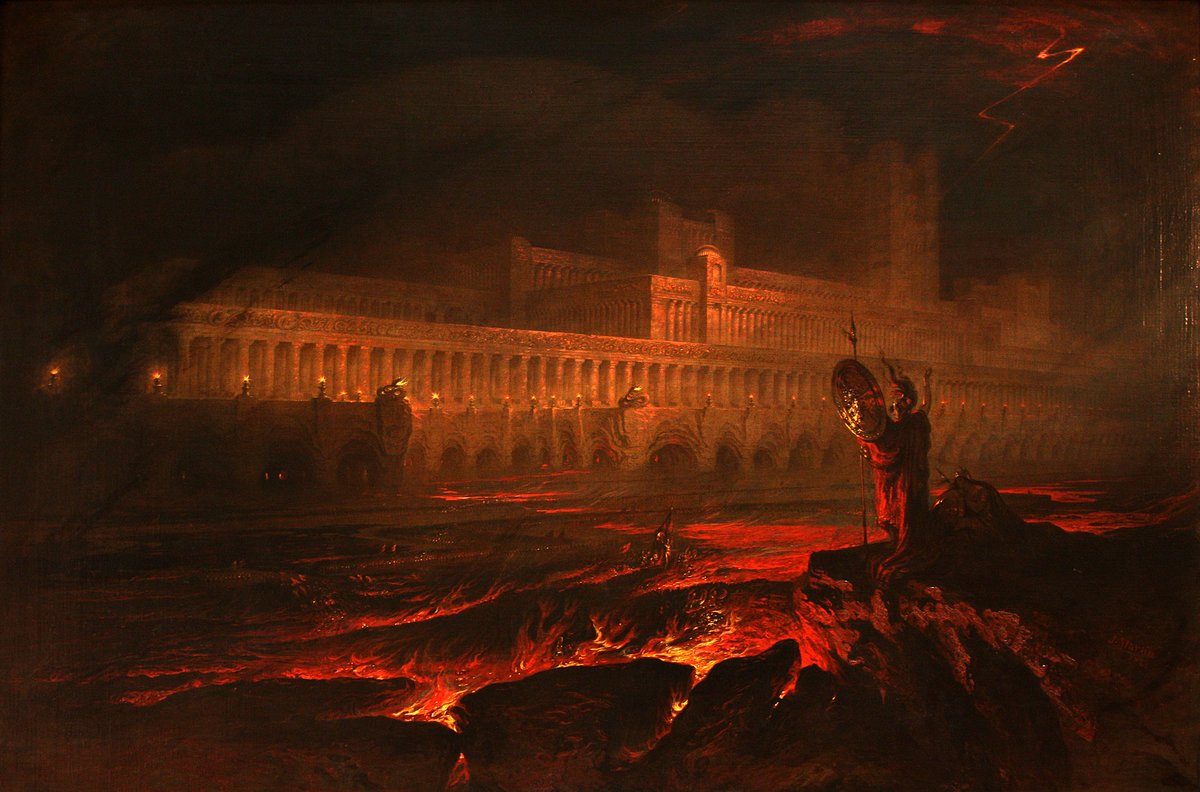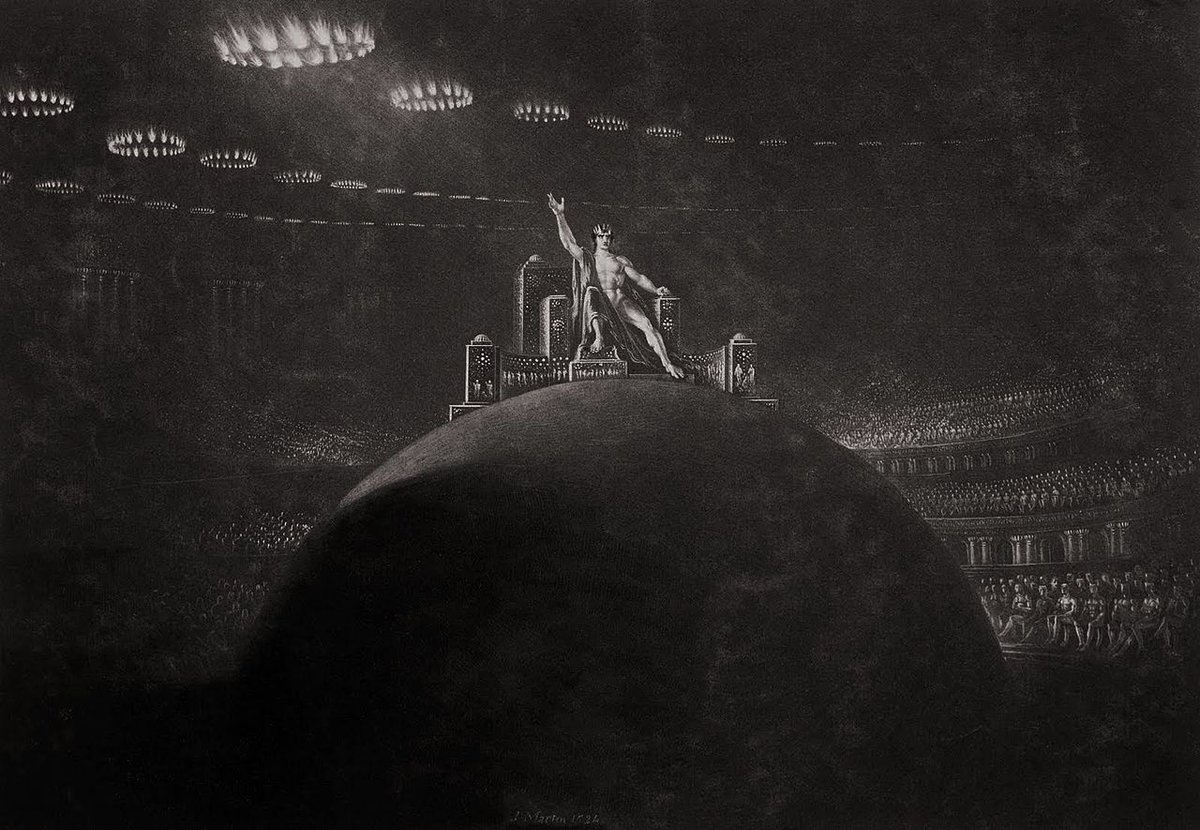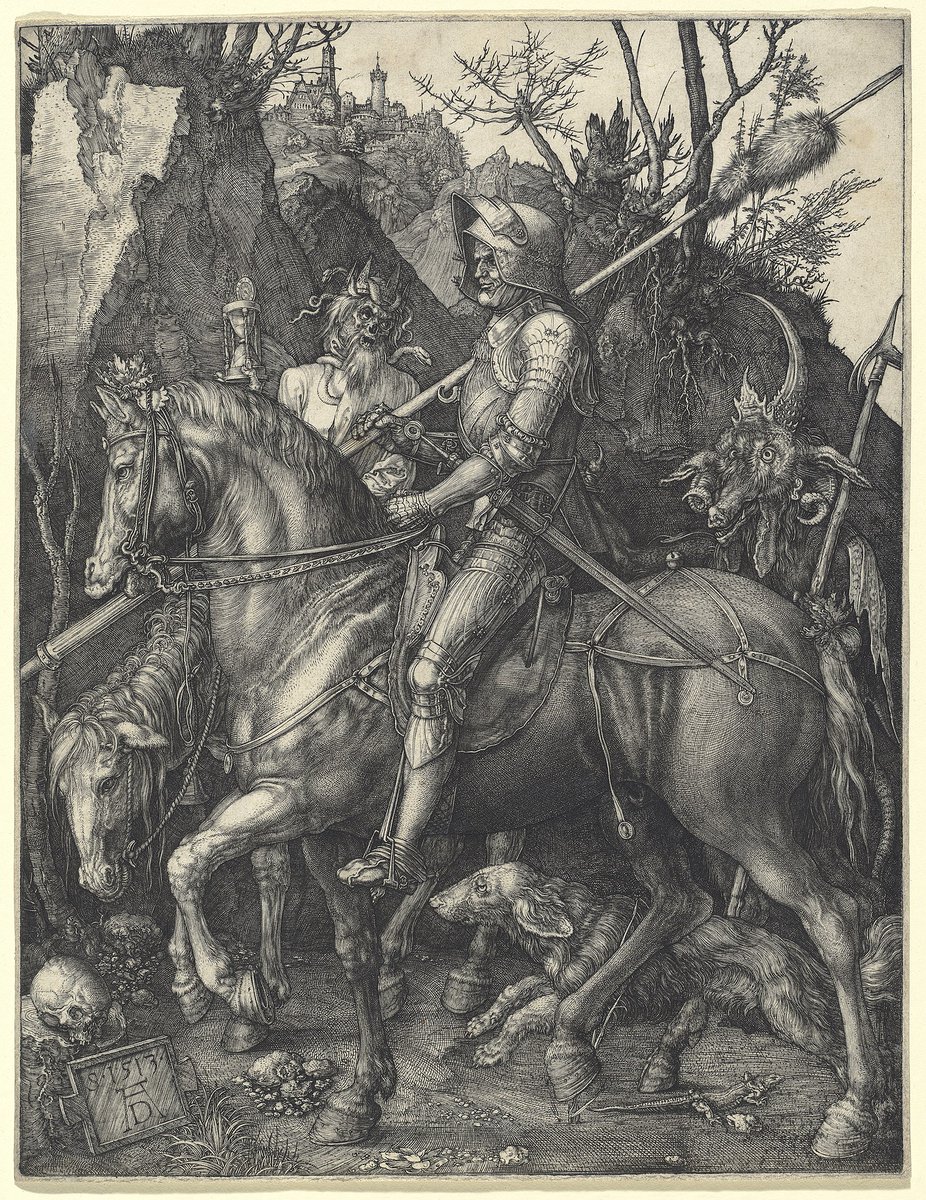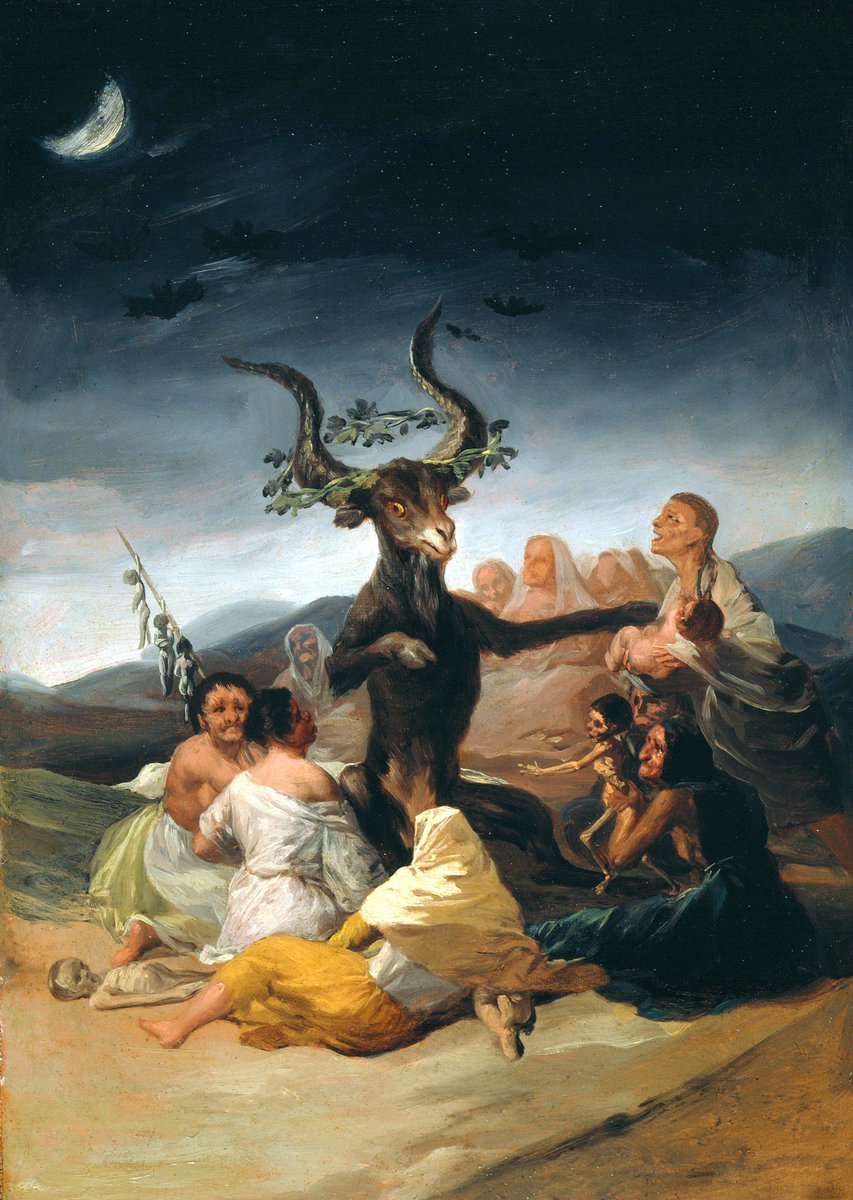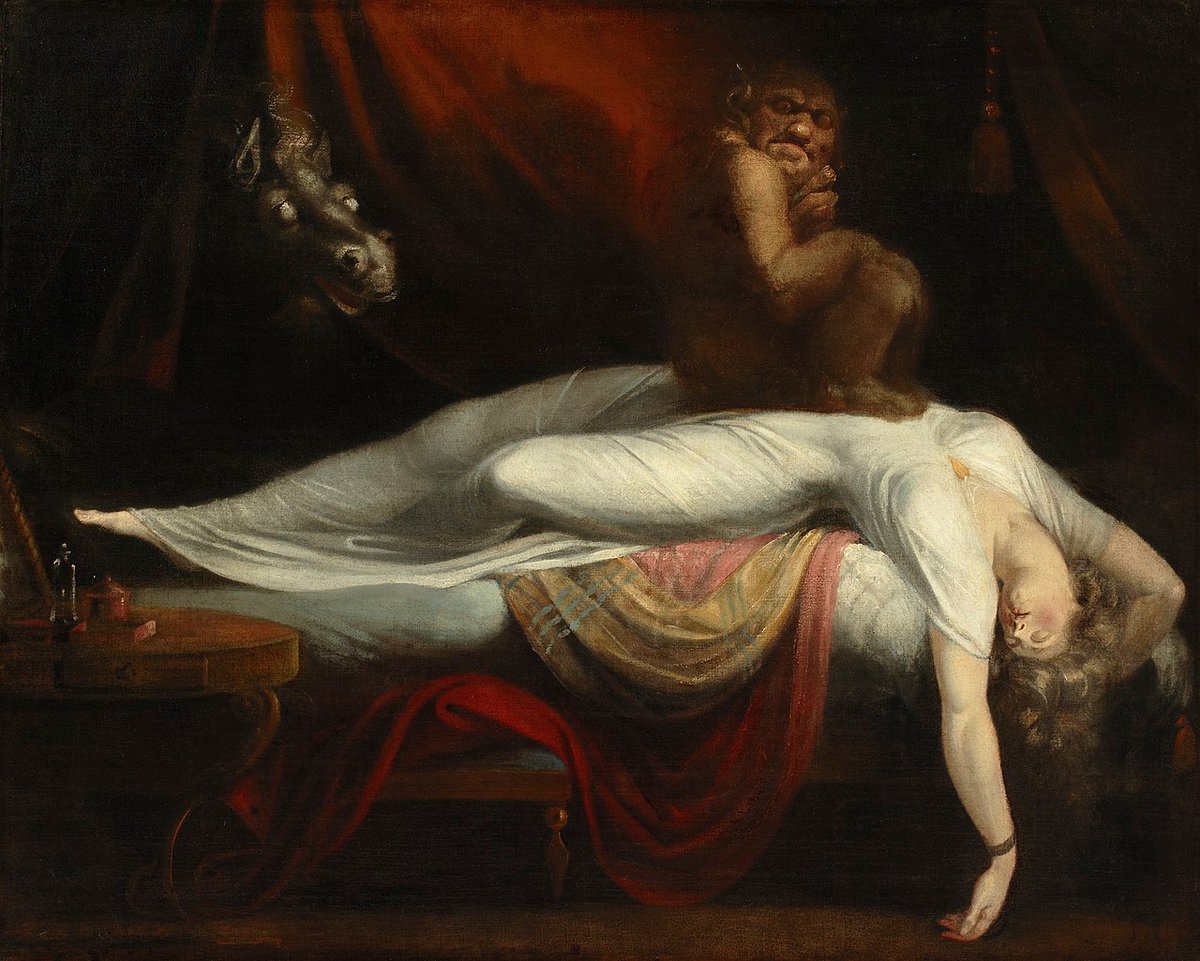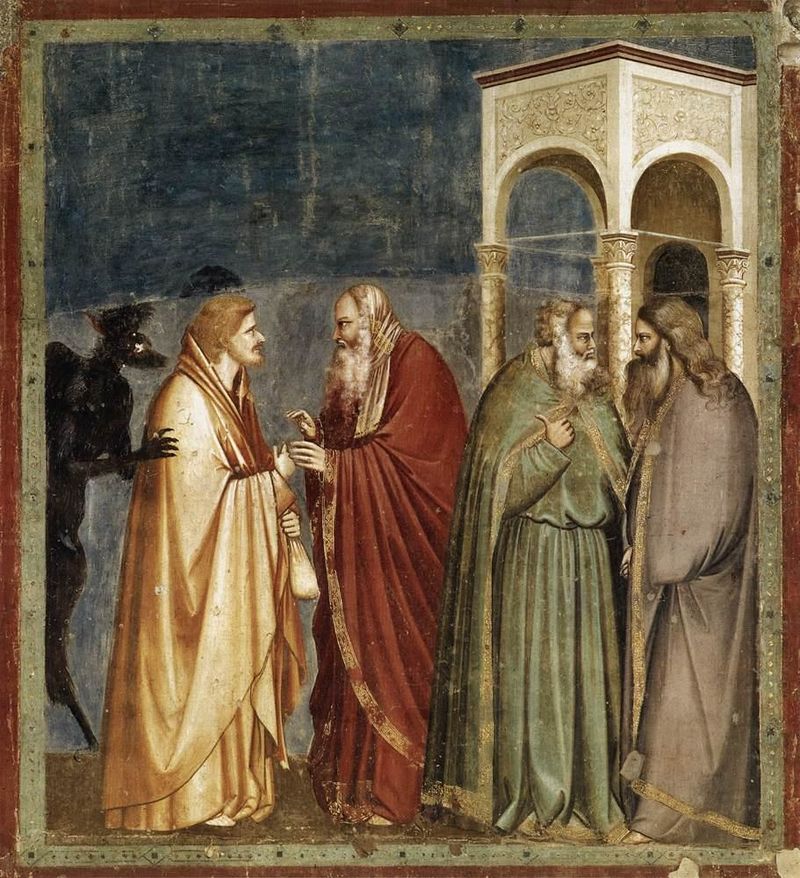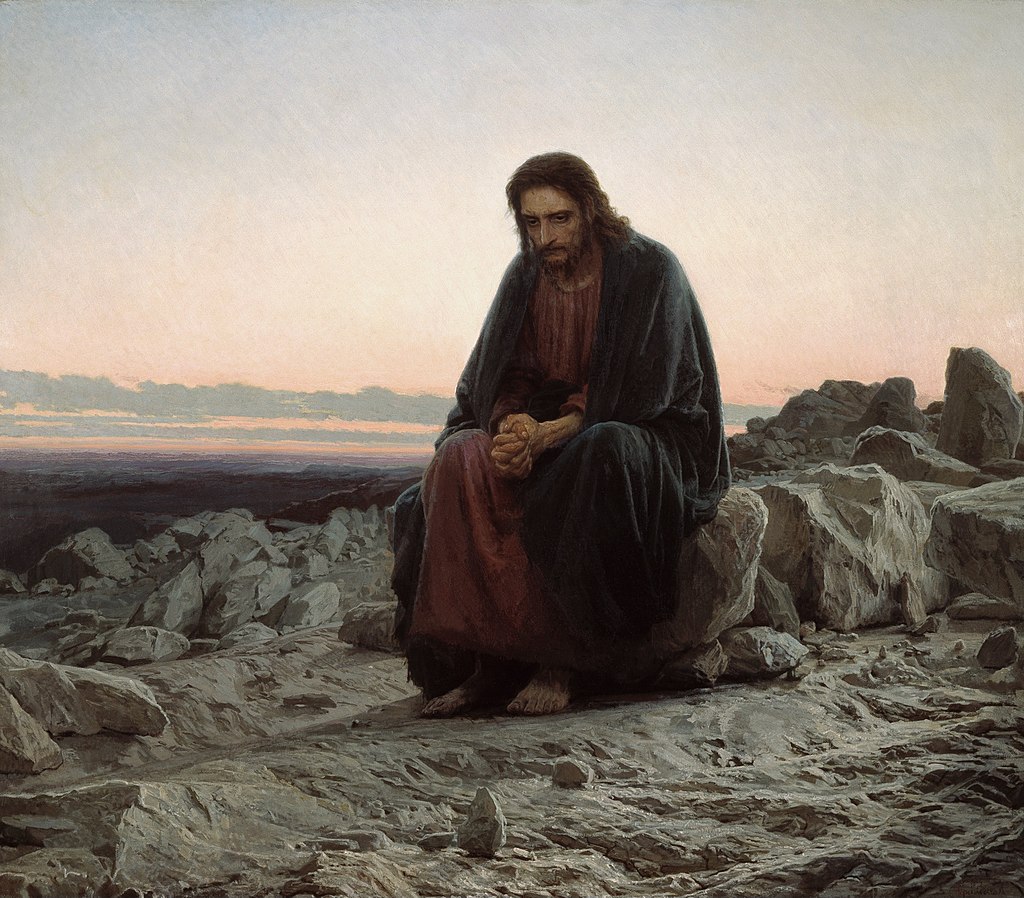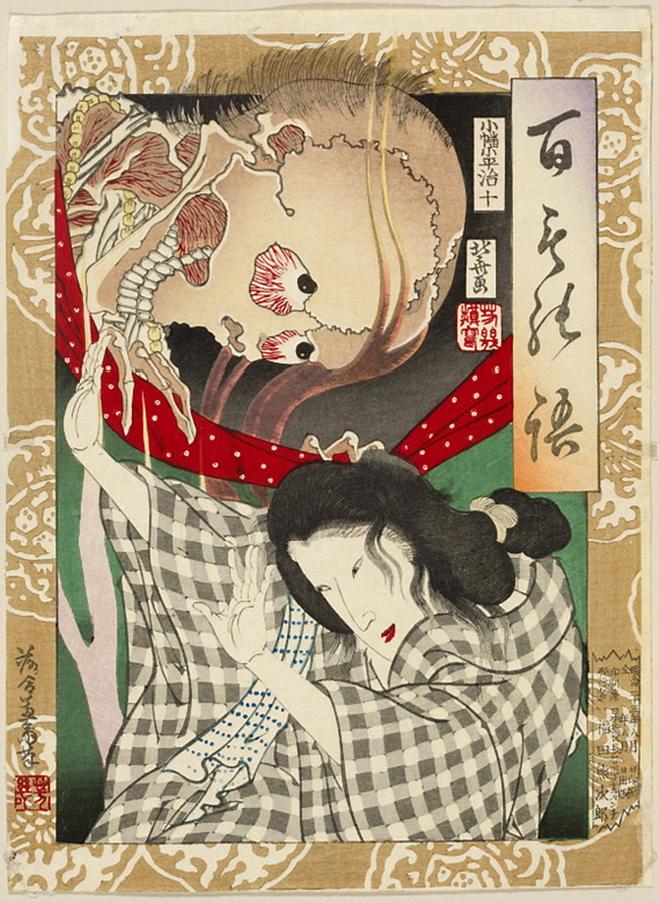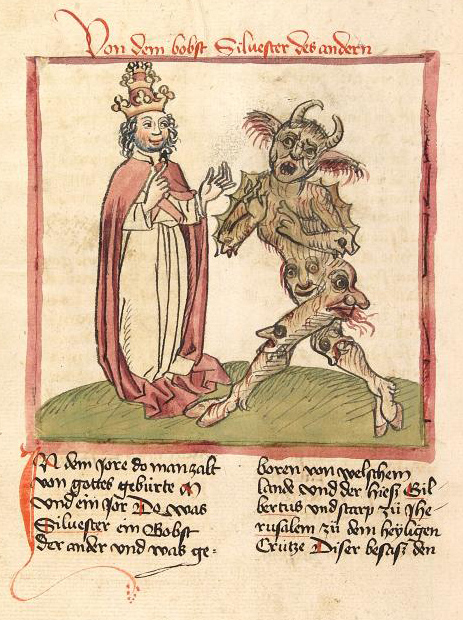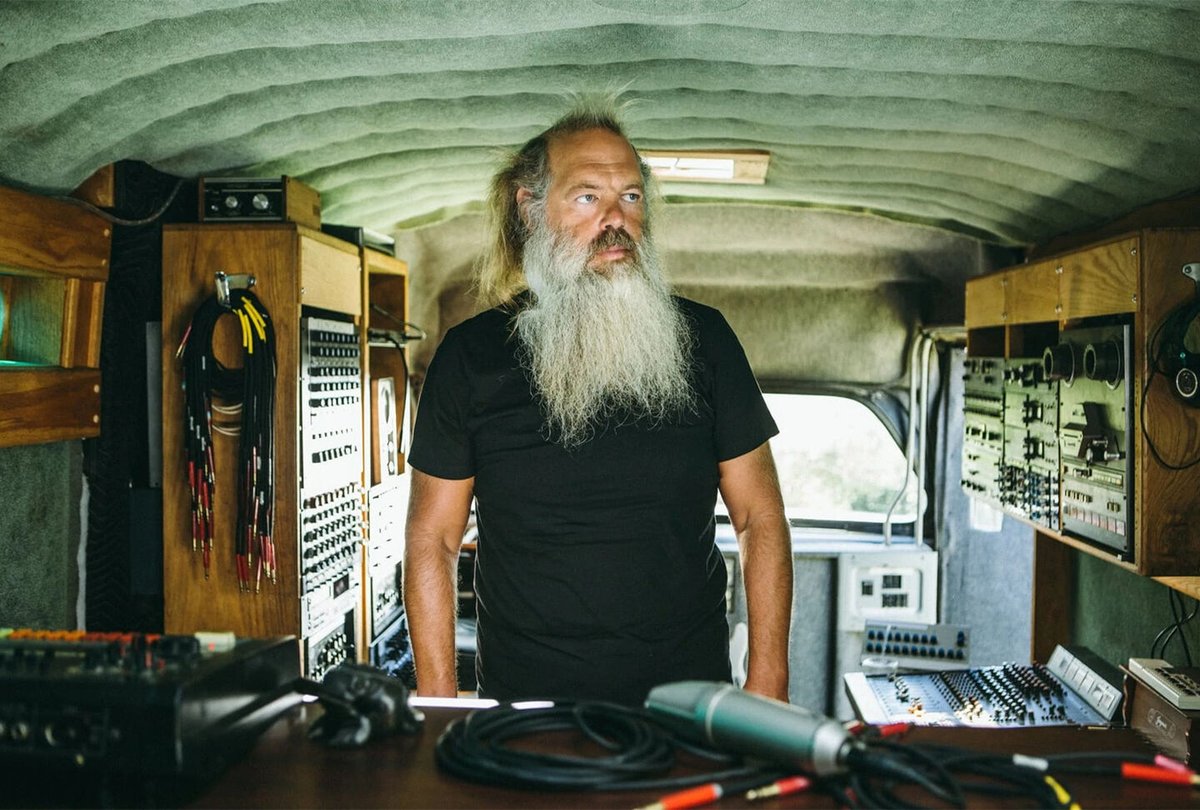https://x.com/theepicmap/status/1871635268966682735
Thread of most crazy detailed paintings 🧵
1. Those eyes say everything. Briton Rivière's *Fidelity* (1840–1920) captures a moment of unwavering loyalty, as the dog's gaze speaks volumes about devotion and trust.
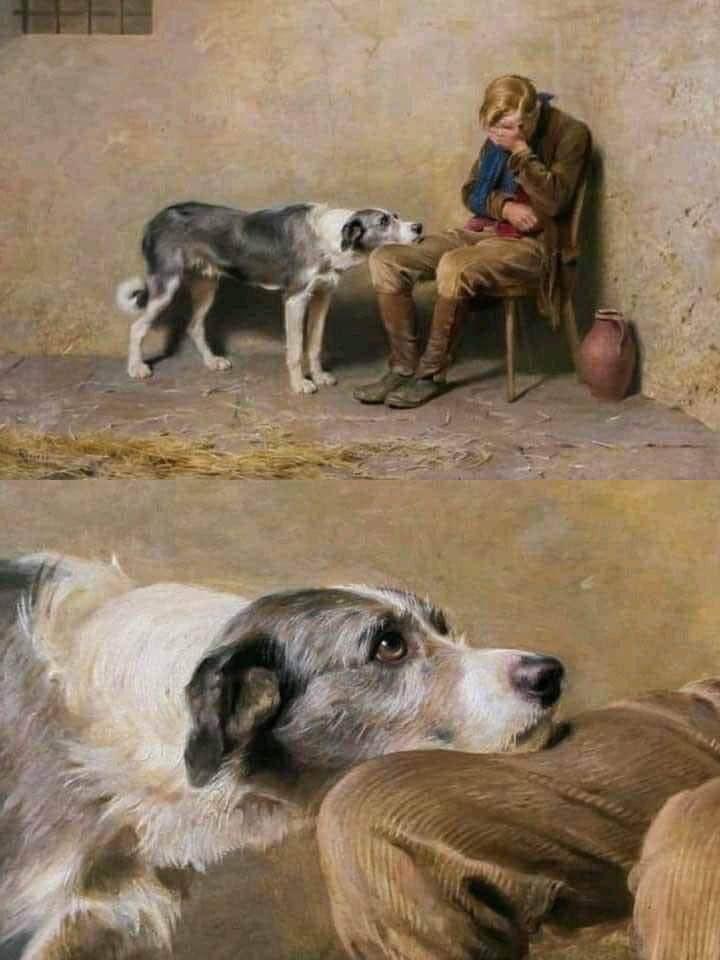
2. The Last Supper by Leonardo da Vinci (1495-1498) - known for its composition and the moment captured, recent analyses have suggested hidden symbols, like musical notes formed by the bread rolls and hands of the apostles, adding another layer of complexity to this masterpiece.

3. Dubbed "the most beautiful lips in art history," Caravaggio's *Judith Beheading Holofernes* (c. 1598–1602) vividly portrays the dramatic biblical tale. The painting captures Judith's striking beauty and determination as she delivers the fatal blow.

4. The Garden of Earthly Delights by Hieronymus Bosch (1490-1510) - This triptych is filled with symbolic and detailed imagery, exploring themes of creation, sin, and the consequences of human behavior. Bosch's work often contains hidden details and allegories.
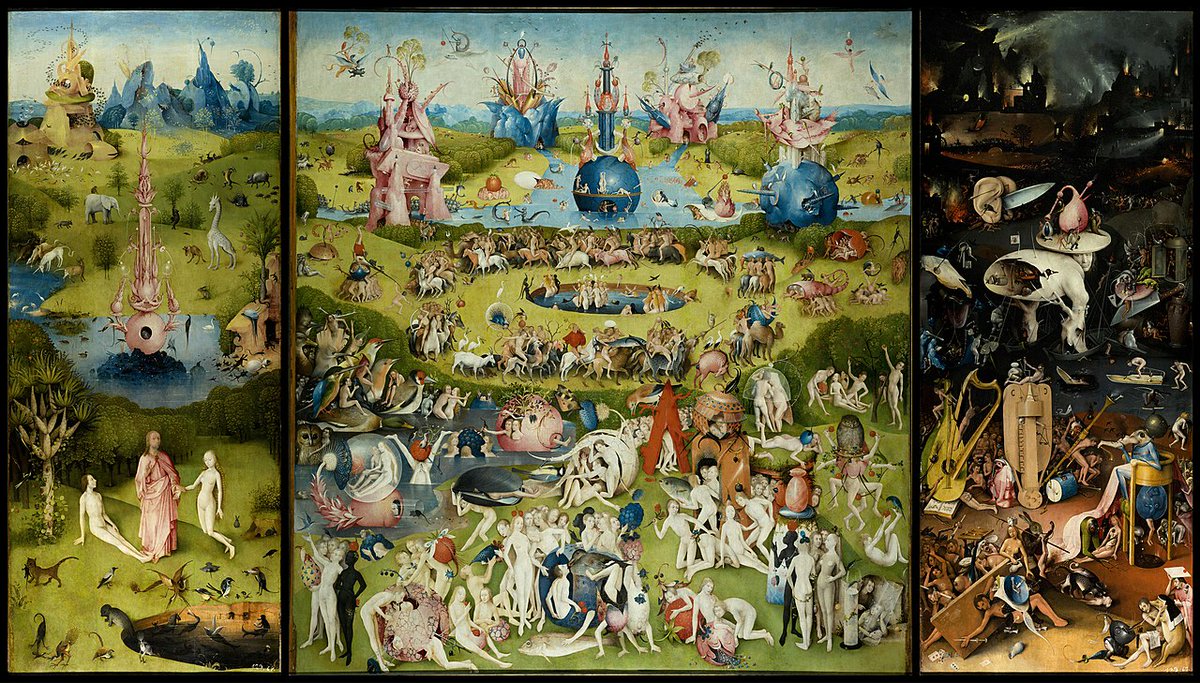
5. Everyone at this table is silently judging you—yes, even the cat. Carl Bloch's *In a Roman Osteria* (1866) masterfully captures the lively atmosphere of a Roman tavern, where every gaze tells a story.
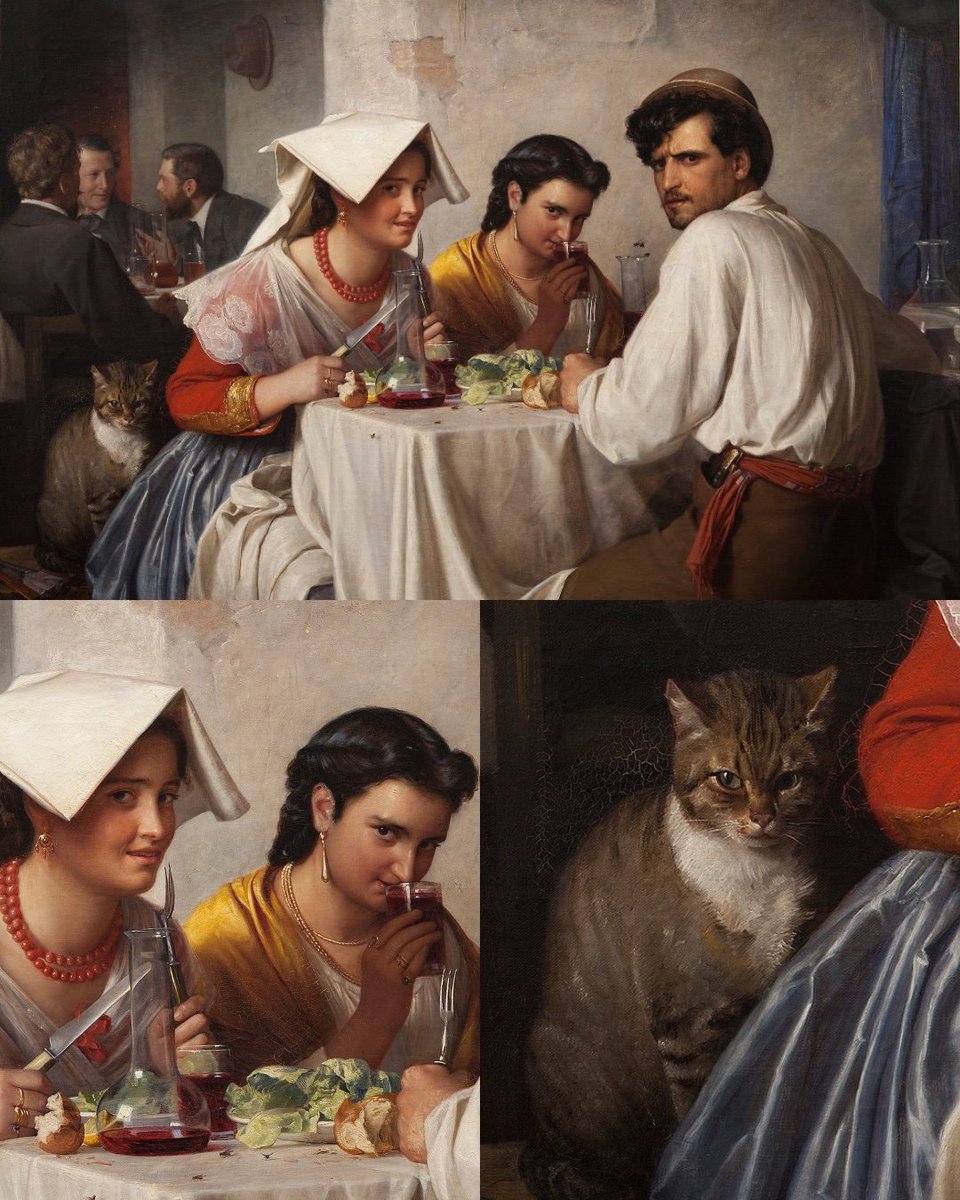
6. The Sistine Chapel Ceiling by Michelangelo - While the grandeur of the ceiling is known, the detailed figures and the hidden elements like the depiction of God in human form, with a cloak that some interpret as resembling the human brain, add layers of interpretation.
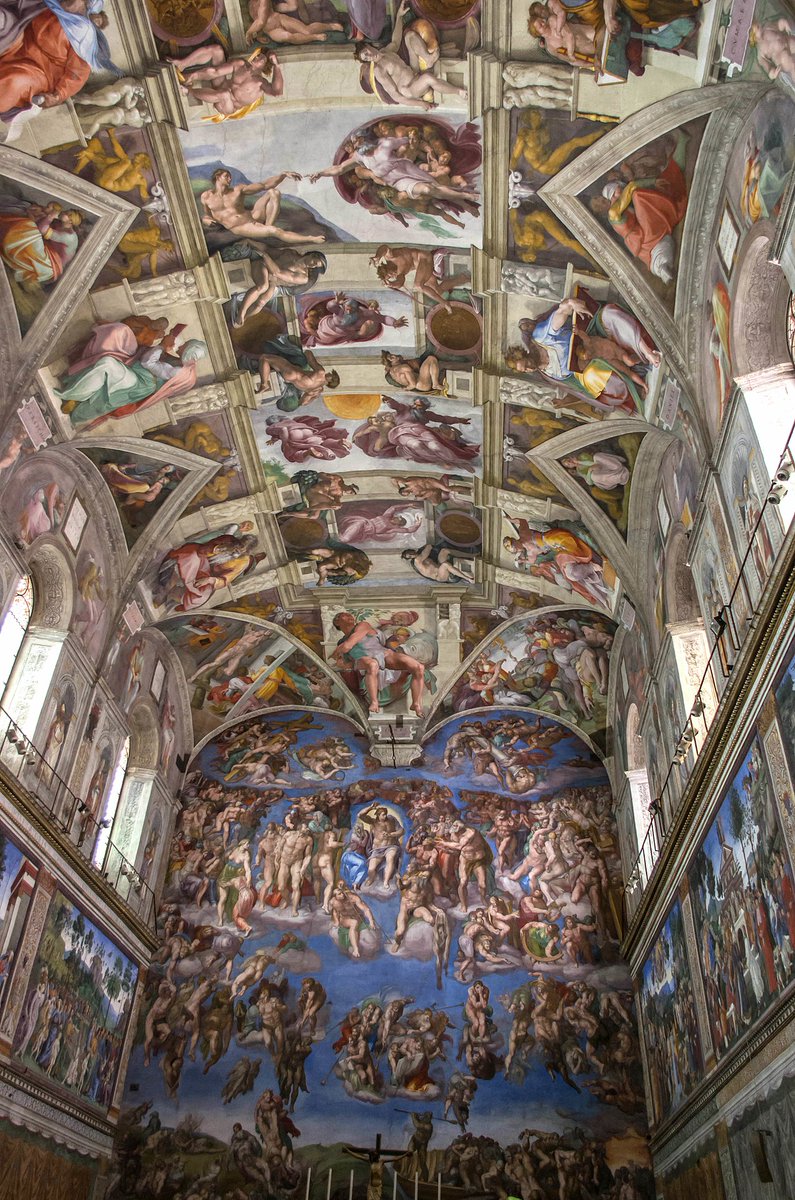
7. Vincent van Gogh's use of blues conveys a profound emotional depth in his paintings. From the swirling skies of *Starry Night* to the serene yet melancholic tones of *The Bedroom*, his blues evoke both tranquility and turmoil, reflecting his inner world.
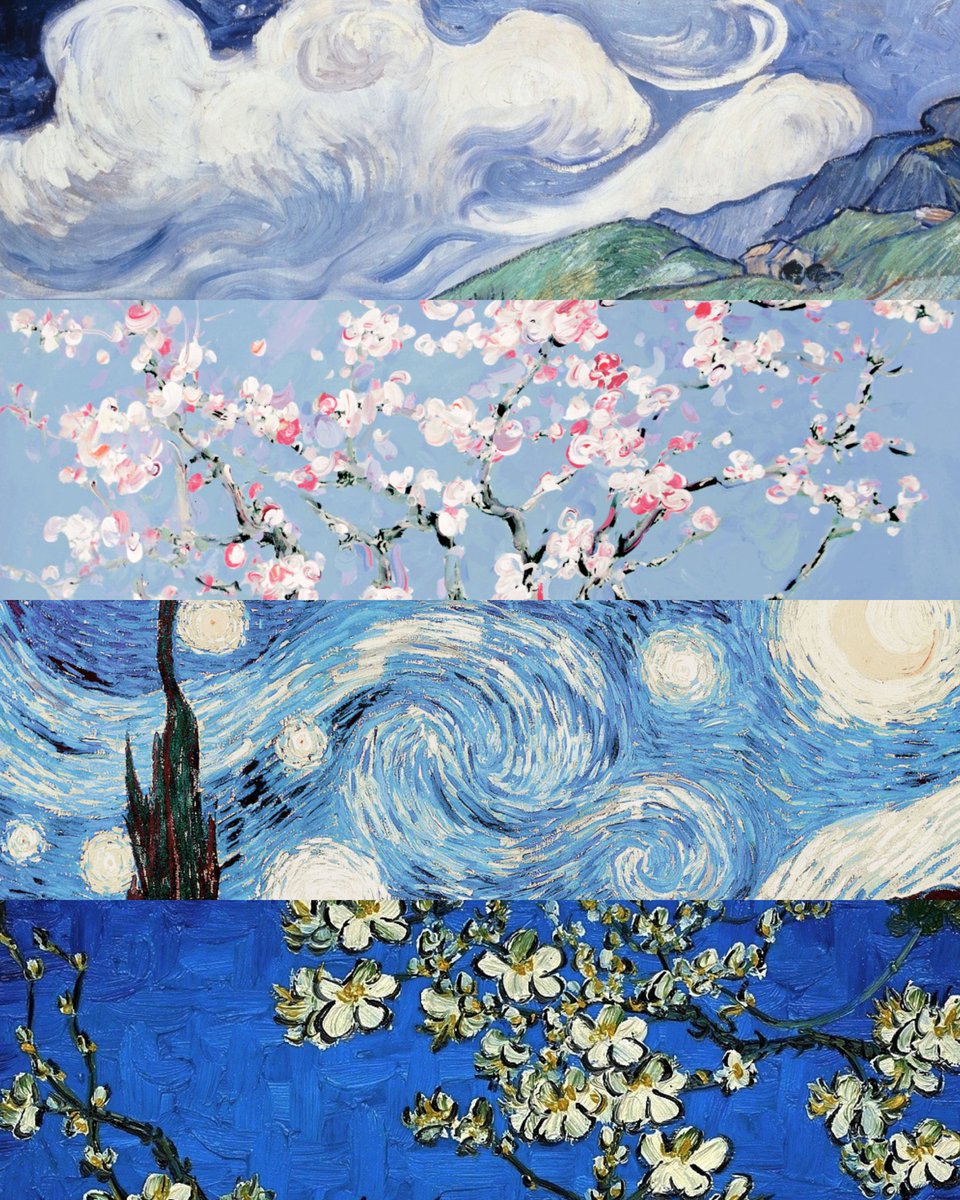
8. One of the most remarkable details in art history is found in Van Eyck's *Arnolfini Portrait*. Despite being only 5.5 centimeters wide, the mirror captures a reflection of the entire room, revealing the couple from behind along with two additional figures.
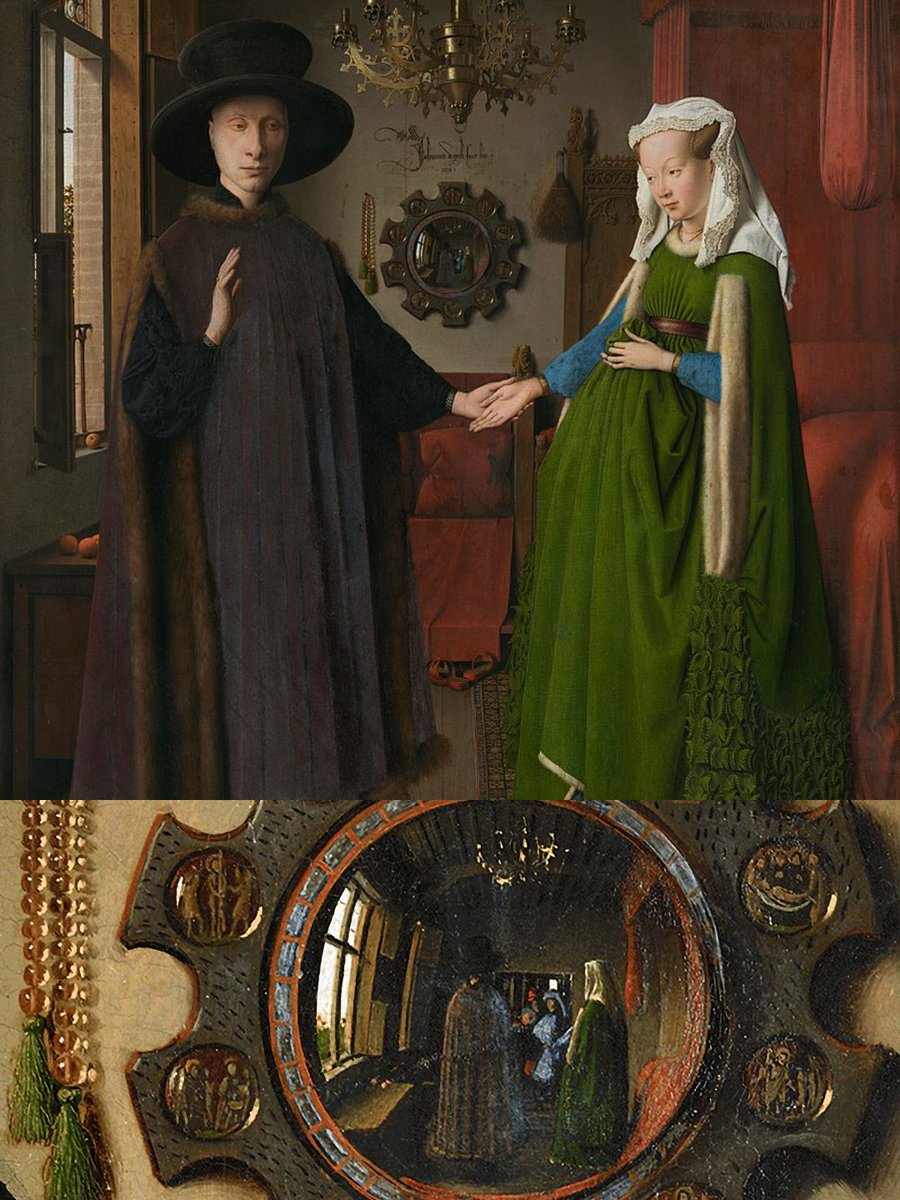
9. The Betrothal of the Virgin by Raphael (1504) - Raphael included a detailed architectural background that, upon close examination, reveals a temple with a hidden perspective trick that aligns with the main figures, enhancing the narrative depth of the scene.
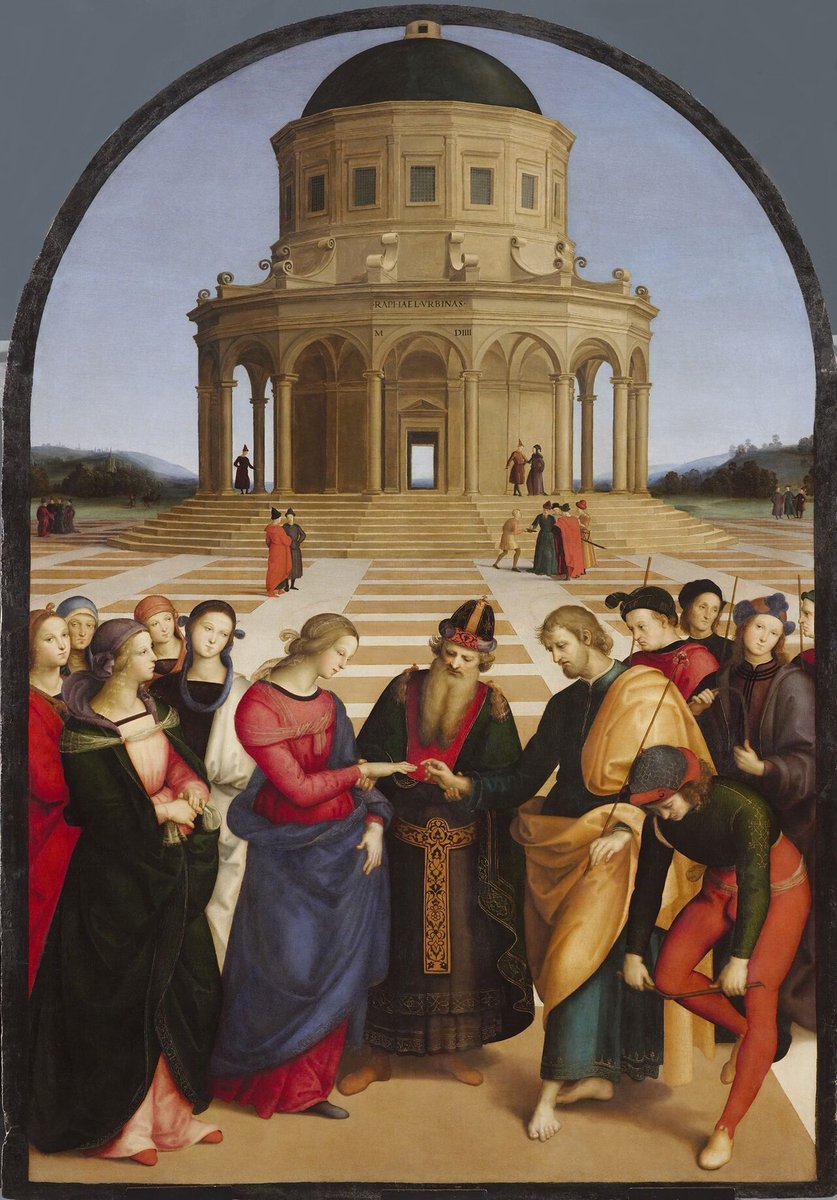
10. Only Rembrandt could capture hands with such remarkable precision. This close-up, from *Young Scholar and his Tutor* (1629–30), showcases his mastery in portraying intricate details and lifelike textures.
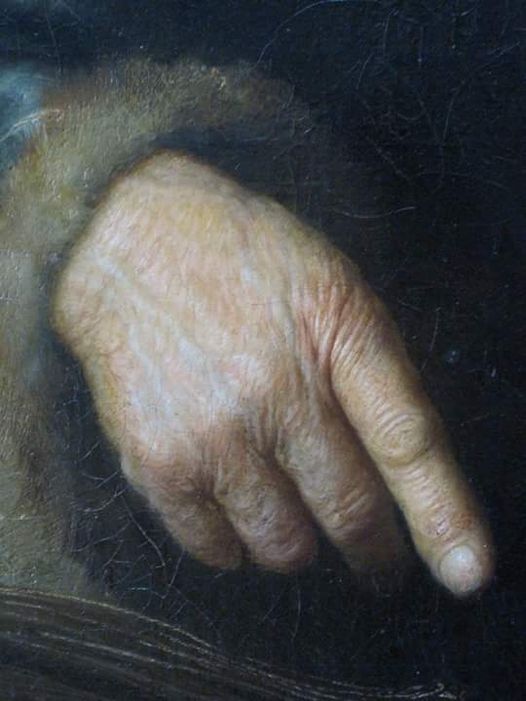
11. A tiny Caravaggio self-portrait has been uncovered through advanced technology. Using multispectral reflectography, researchers discovered a small image of the artist, with dark hair and a paintbrush, reflected in the wine jug of his painting Bacchus
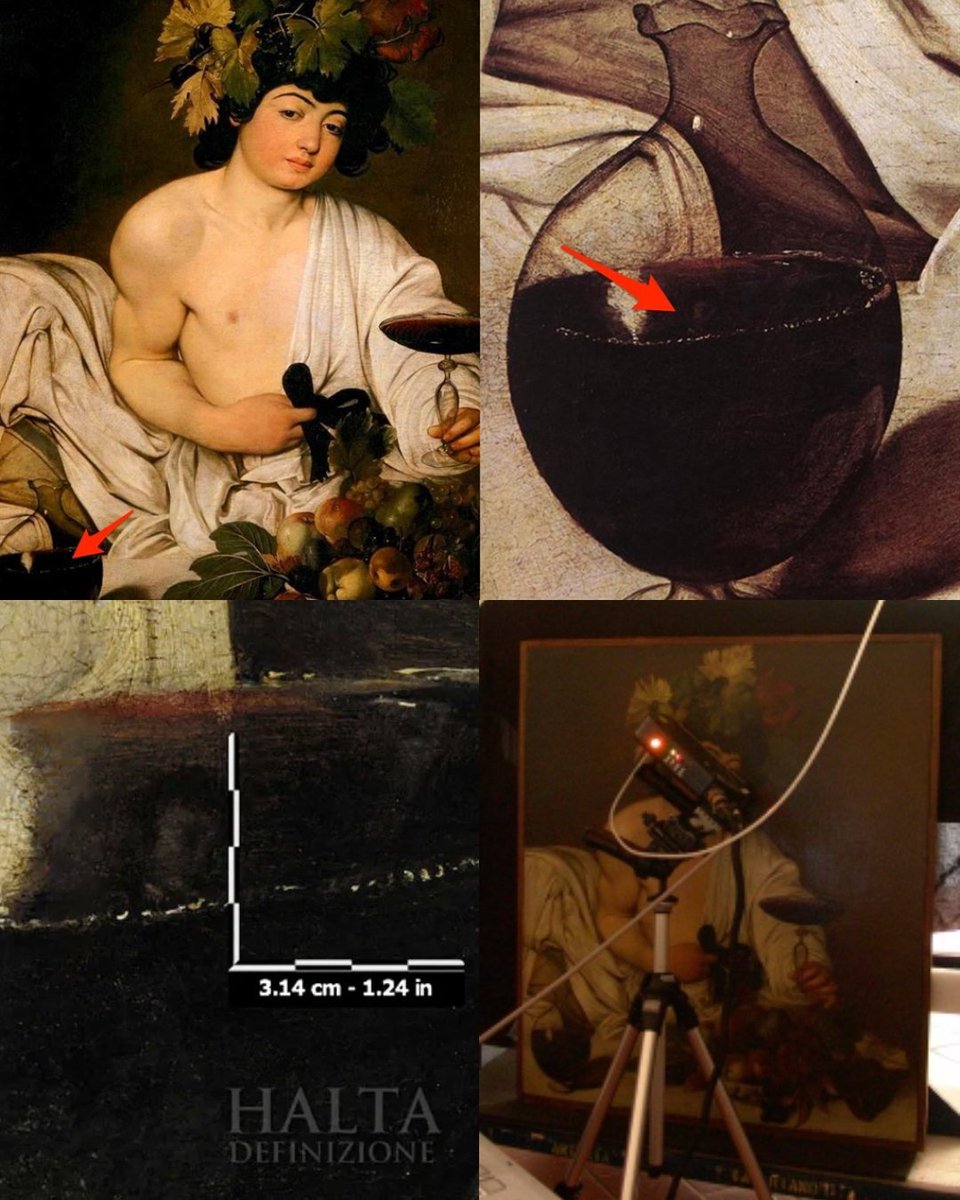
12. In The Fallen Angel (1847) by Alexandre Cabanel, Lucifer is portrayed immediately after his fall from Heaven, with a solitary tear slipping down his cheek. This powerful image captures his intense anger and unwavering defiance, symbolizing his internal struggle and rebellion

13. This painting by Sergi Cadenas portrays the process of human aging as you walk by it. Known for his meticulous detail, Cadenas uses kinetic optics, applying vertical strips of paint paste to the canvas and painting a different image on each side after it dries.
14. This is a “bubble wrap painting” by Darian Rodriguez Mederos
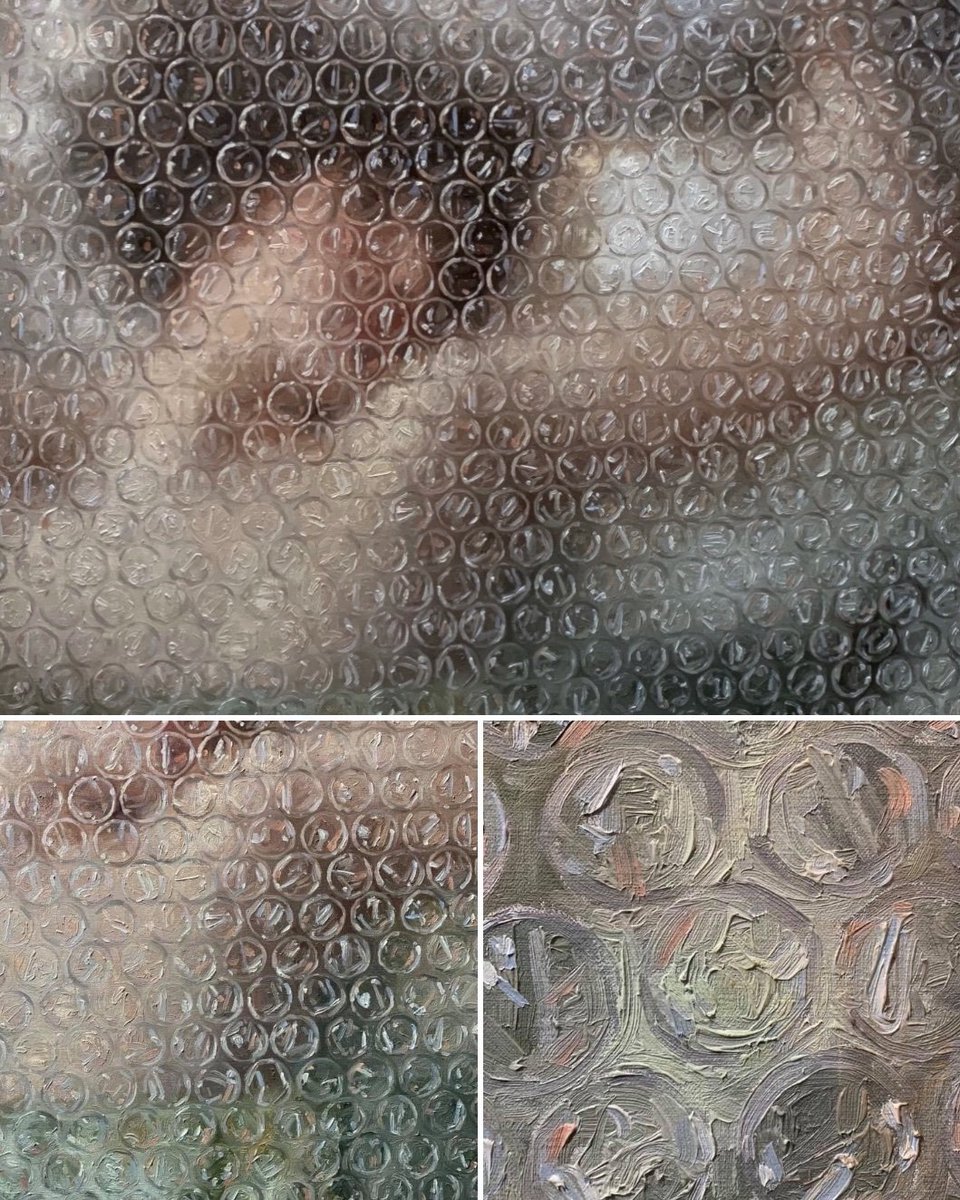
15. Ivan the Terrible's expression captures the profound guilt and sorrow he felt after tragically taking his son's life in a fit of rage. The moment, frozen in time, reveals the devastating consequences of his uncontrollable emotions and the immense regret that followed.

16. Las Meninas by Diego Velázquez (1656) - This painting is famous for its complex composition and the play with perspective, where Velázquez includes himself in the painting, creating an interaction between the viewer, the subjects, and the artist.
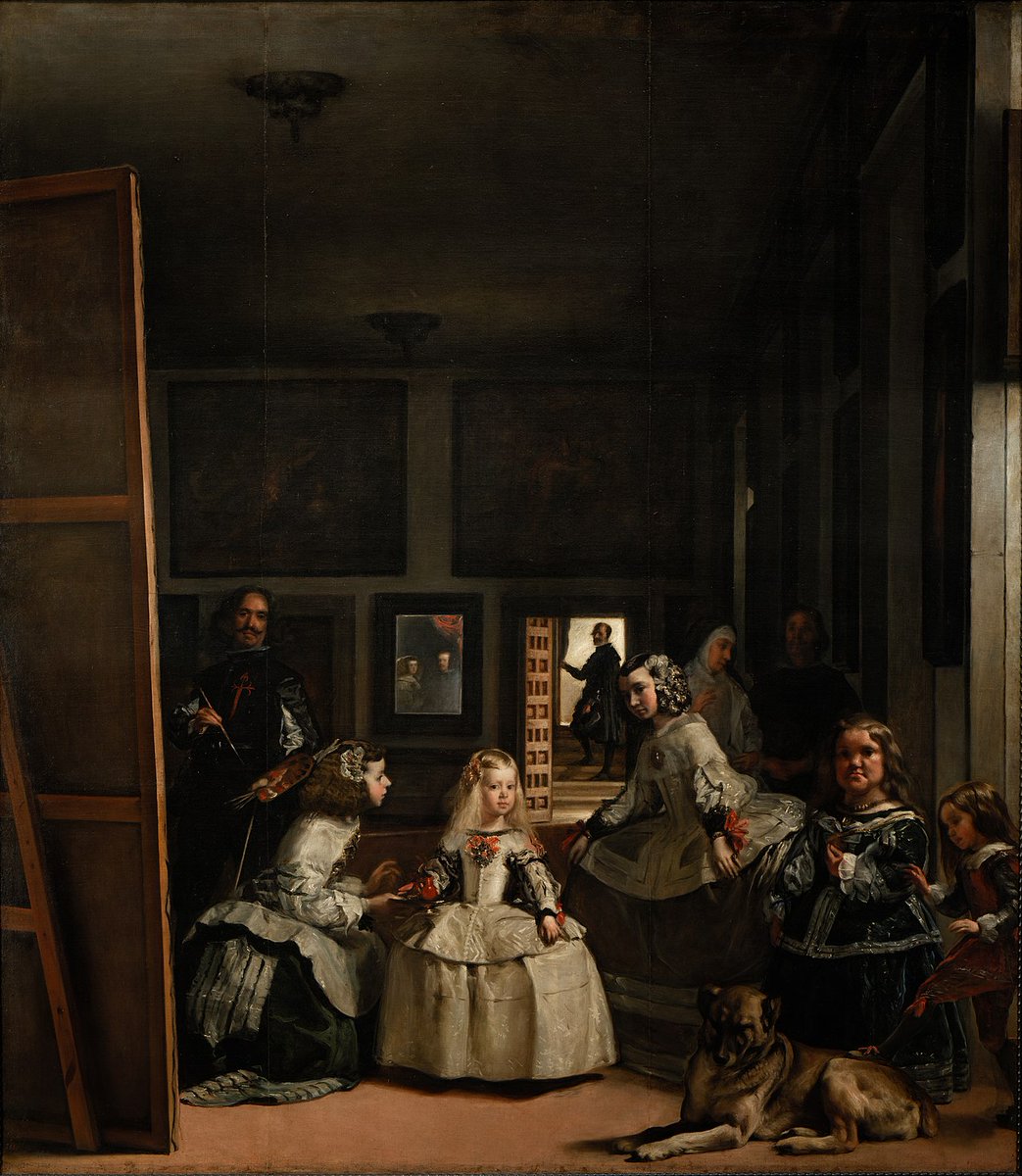
17. Fast forward to the 20th century, and Luciano Ventrone, an Italian artist born in 1942, is often hailed as the "Caravaggio of the 20th century." His hyper-realistic painting of a pomegranate showcases an extraordinary level of detail, capturing every texture and nuance.

18. The Milkmaid by Vermeer is a masterclass in realism, capturing both the intricate details and a vivid sense of the woman's physical presence, as well as the table she stands beside.
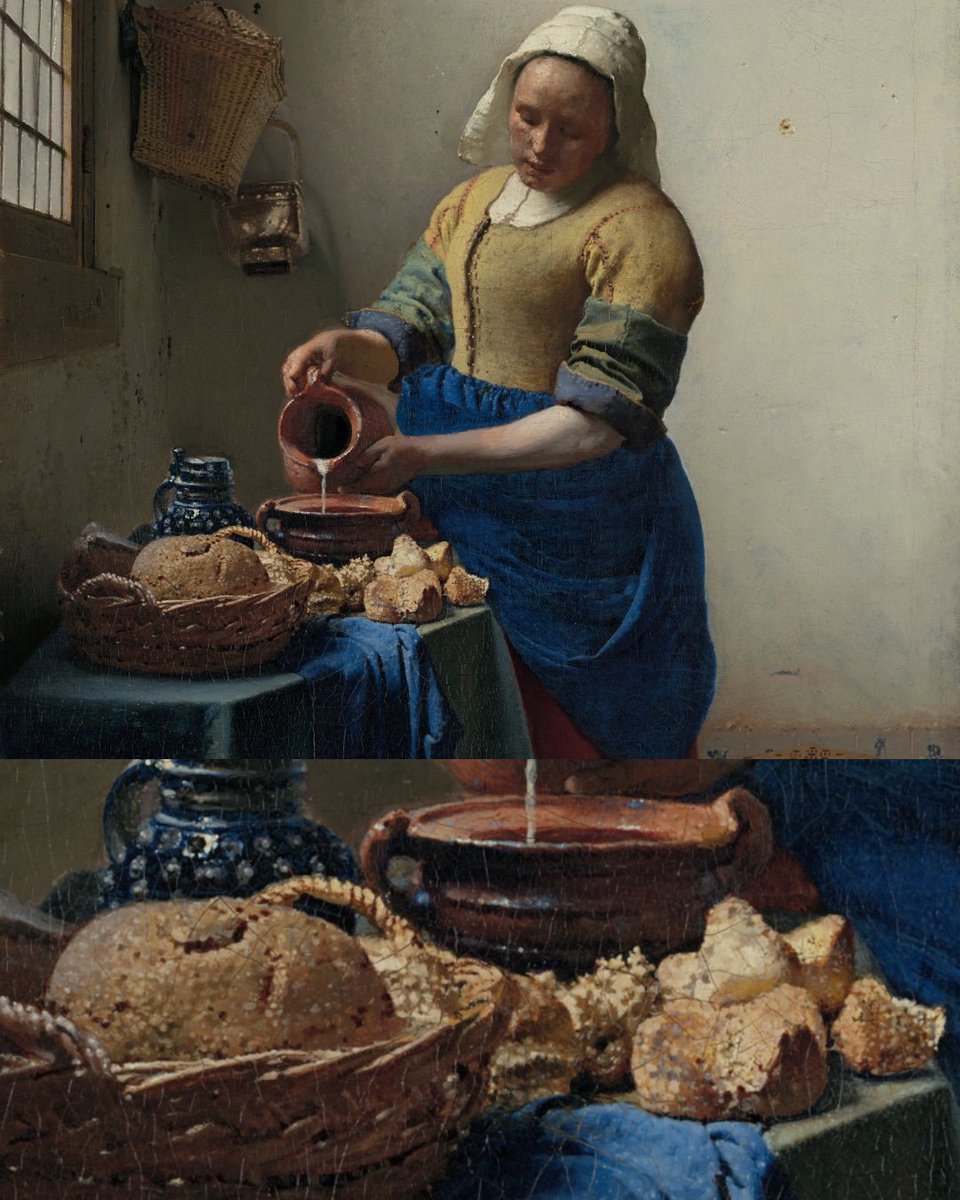
19. In Michelangelo's masterpiece, the fingers are not touching to symbolize human hesitation. God's fully extended finger represents eternal presence, while Adam’s hesitant finger highlights the importance of free will and the human choice to connect with the divine.
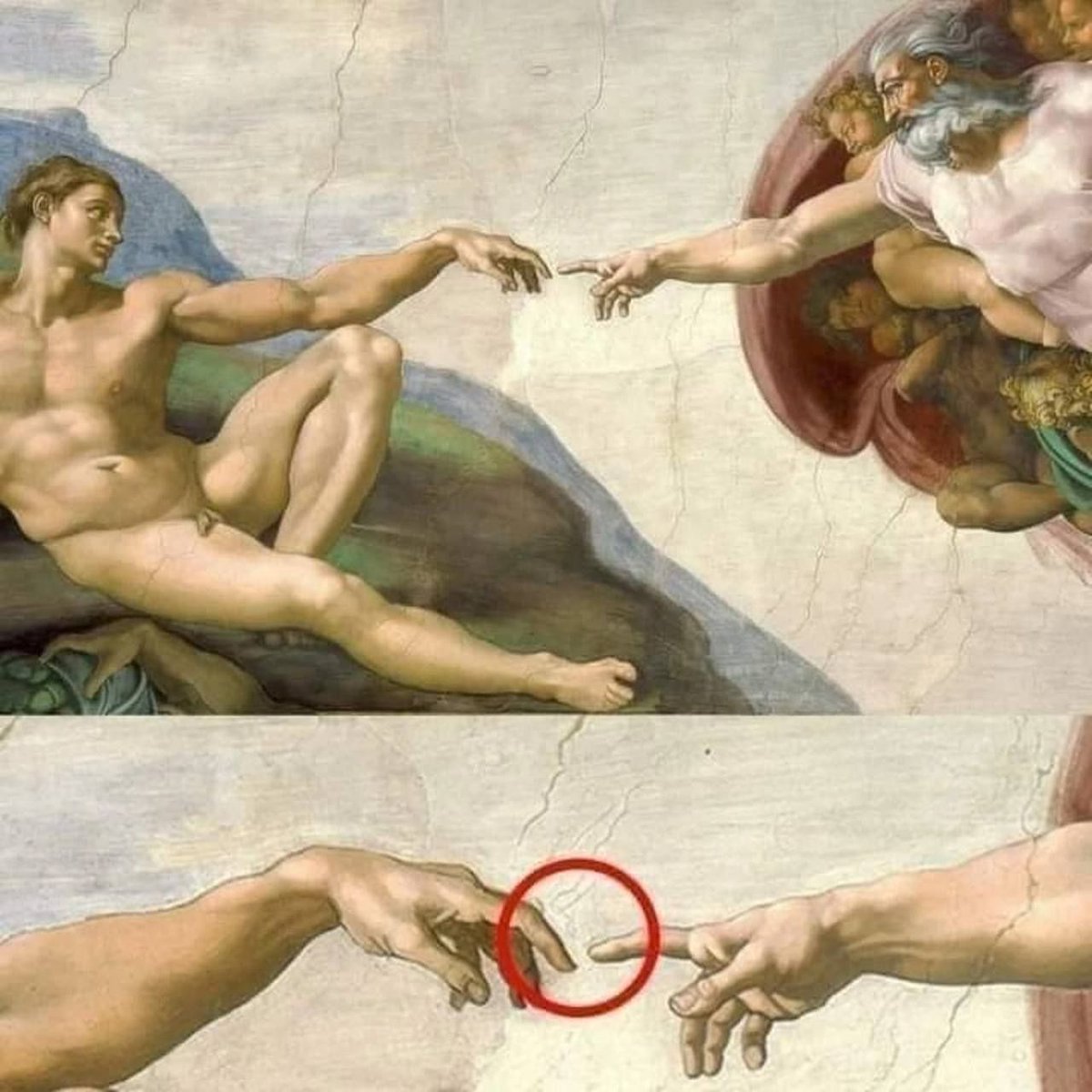
20. The Mona Lisa, painted by Leonardo da Vinci, is one of the most famous and enigmatic portraits in art history. Known for her elusive smile and the mysterious aura surrounding her, the painting masterfully blends realism and subtle expression.
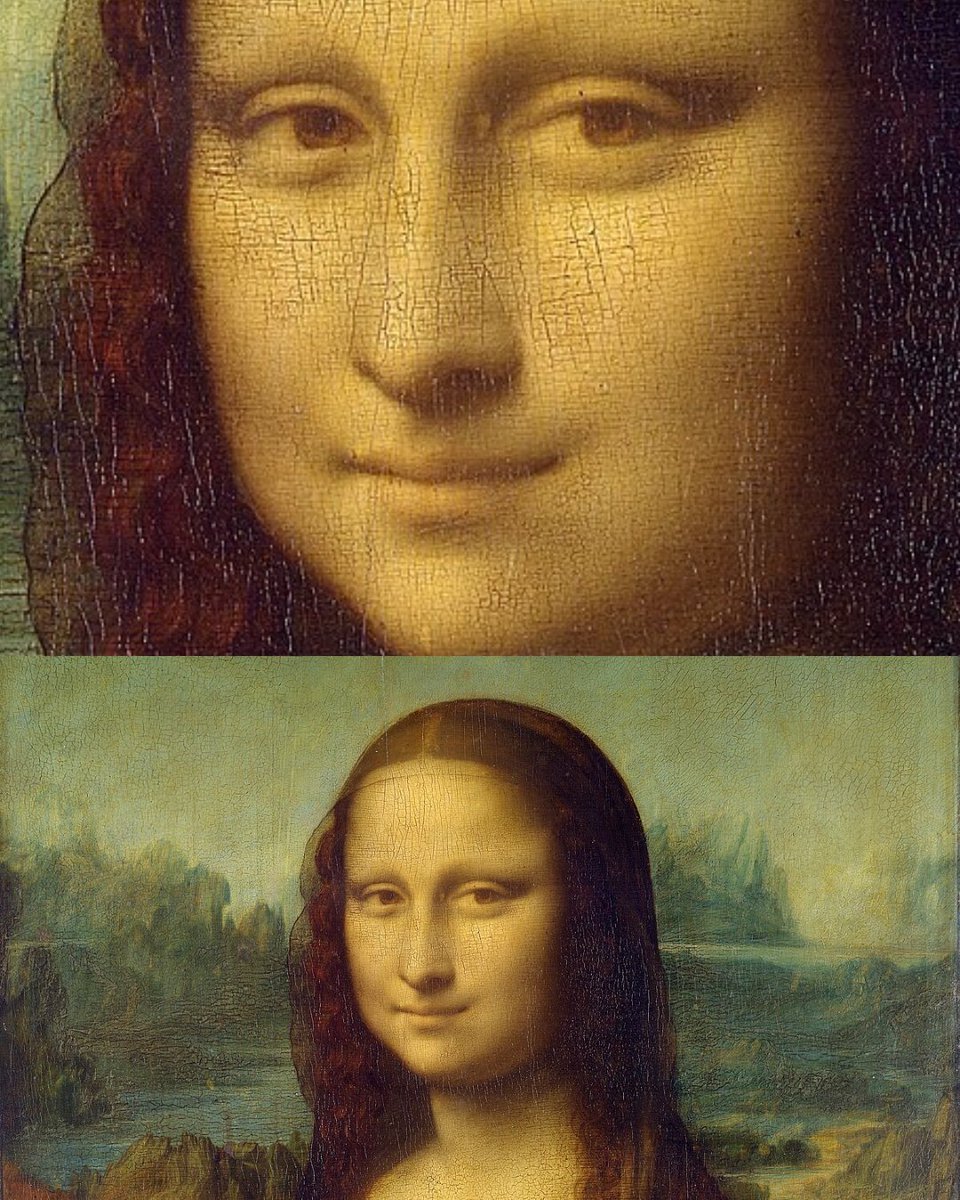
21. Self-Portrait with Two Circles by Albrecht Dürer (1526) - Dürer included himself drawing within two perfect circles, a reference to the legend of Giotto's perfect circle, showcasing his skill and linking himself to the greats of art history.
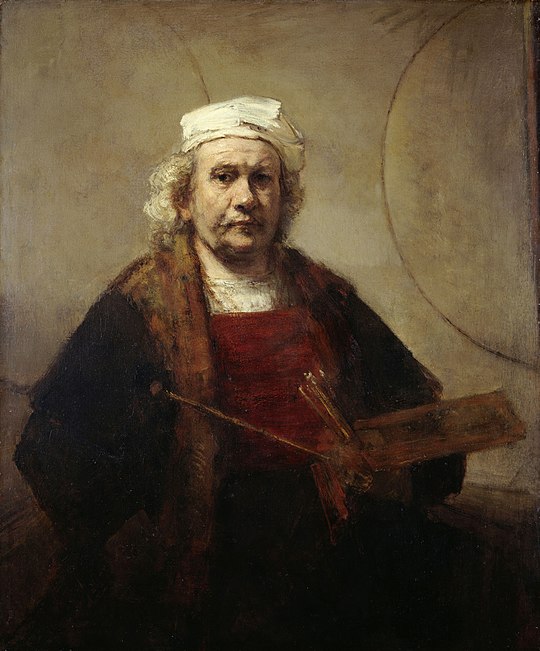
22. At first glance, Hans Holbein's 1533 portrait seems like a conventional painting. However, when viewed from a specific angle, a seemingly random grey spot at the bottom transforms into a skull, offering a striking memento mori and a reminder of mortality.
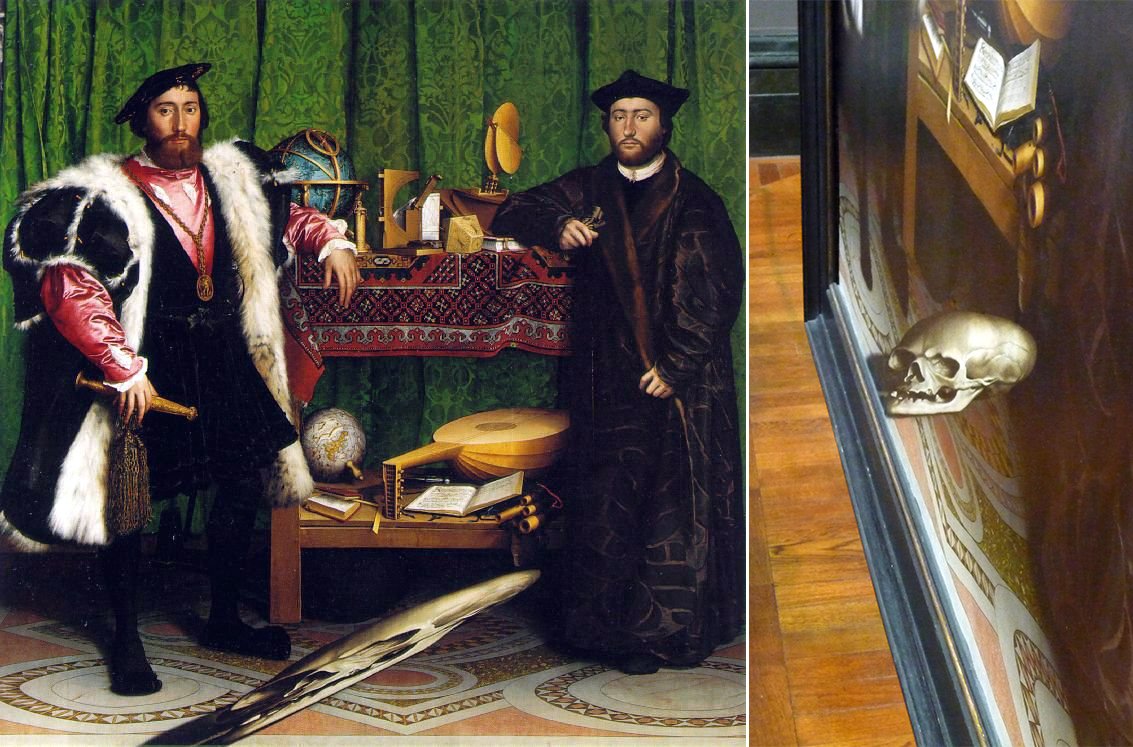
23. The Magpie by Claude Monet (1868-1869) - While Monet is known for his impressionist style, this painting stands out for the subtle detail of the magpie perched on a gate in the snow. The bird's reflection in the snow is a masterful use of light and shadow.

24. The Birth of Venus by Sandro Botticelli (1484-1486) - this painting is celebrated for its beauty and the detailed depiction of Venus emerging from the sea. It's a masterpiece of the Renaissance, reflecting themes of divine beauty and creation.
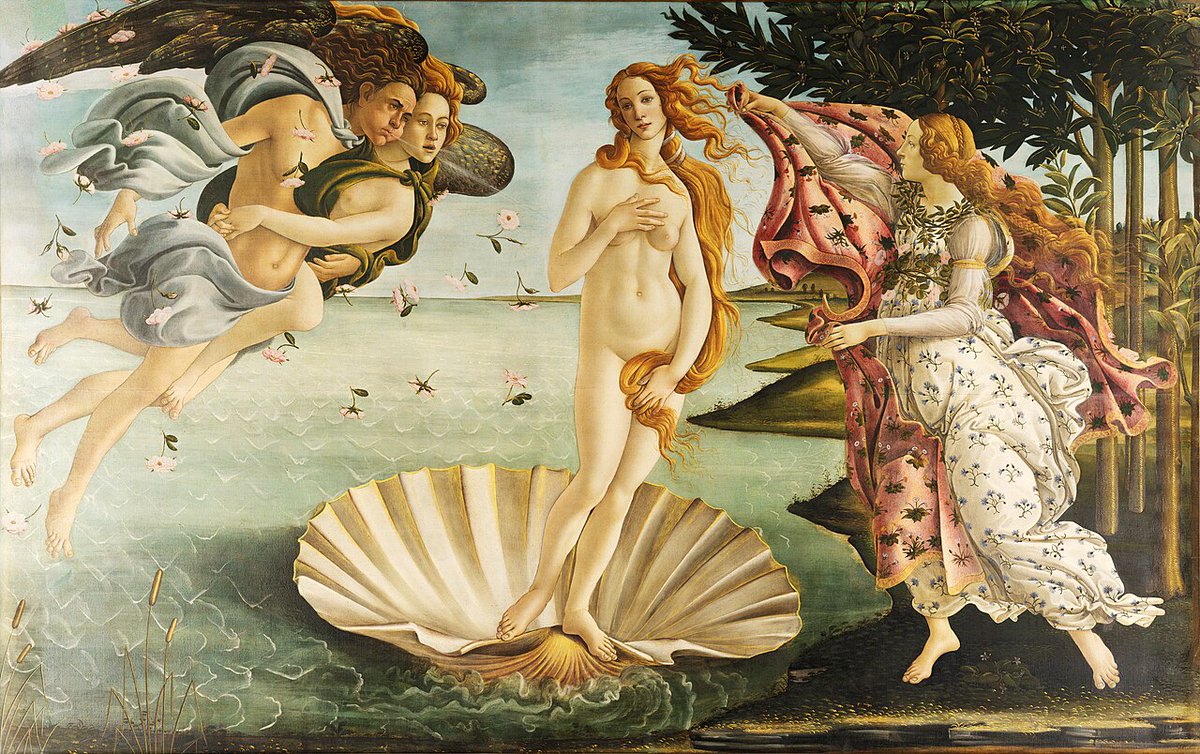
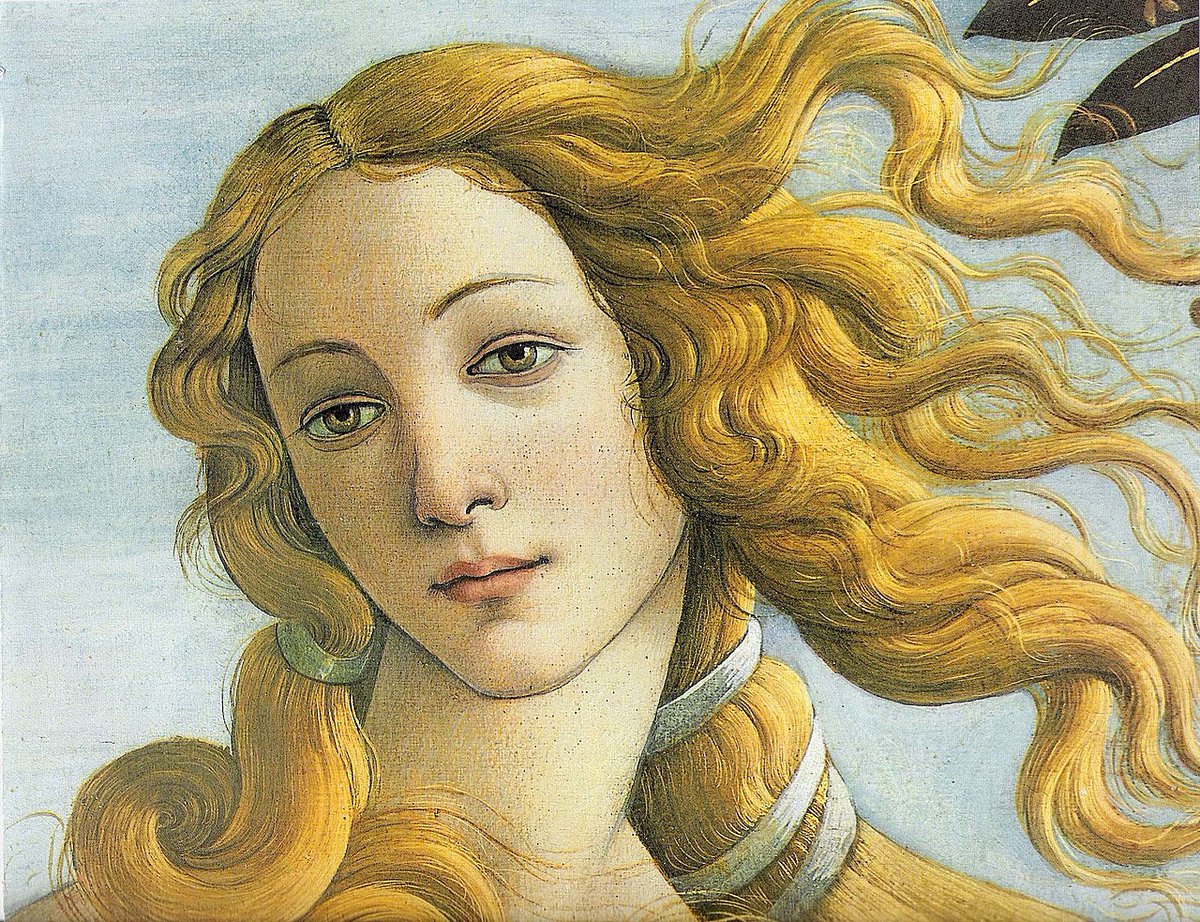
25. The Geographer by Johannes Vermeer - This painting features a globe, a compass, and a detailed map on the wall, but what's less noticed is the subtle light reflection on the geographer's face, which Vermeer used to show the source of light in the room, enhancing realism.
